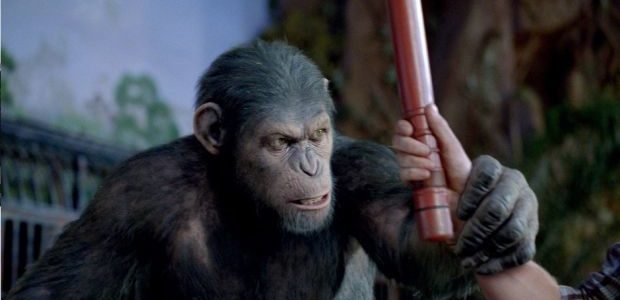Surprise! Like I said in my favourite video games list, I’ve been tracking every movie I’ve watched for about twenty years now. In that time, I’ve compiled ratings for nearly fourteen-hundred films, so making a top one hundred list is simultaneously trivial, and yet, even harder, because I have so many more pieces of media to pick between. One hundred picks seems like a lot, but it really is not: several movies that I love didn’t even make the list. Furthermore, I didn’t include several classics that I’ve seen, but haven’t watched in over a decade, so the details are too fuzzy for me to include them in good conscience (The Godfather movies, No Country For Old Men, There Will Be Blood, Apocalypse Now, etc). As usual, this is entirely subjective and only based on the movies I have seen, so leave your angry comments about me omitting Norbit down below. Got it? Let’s go…
100. Tropic Thunder (2008)
I’ll never forget the first time I saw Tropic Thunder. I was sleeping over at a friend’s house and had to work early the next morning. Around midnight, we put on the TV to the movie channel to kill a few more minutes before bed. Tropic Thunder was playing, and I figured we’d turn it off pretty quickly. You see, around the same time that Tropic Thunder released, we got the critically-lambasted Delta Farce. For some reason, I thought that Tropic Thunder was a similarly-bad military comedy and paid it no heed.
However, I quickly found that my initial assessment of the film was incorrect. Tropic Thunder was fucking hilarious. The whole thing was just comedy gold. We stayed up the whole time to watch it and didn’t get to bed until around 2am. I was bloody tired at work the next morning, but it was completely worth it.
99. We Need to Talk About Kevin (2011)
This is a rough film. Tilda Swinton puts in an incredible performance as a mother who struggles through life after her son, Kevin, went on a mass murder spree. Seeing how Kevin got to the point he reached is gut-wrenching. The really remarkable aspect though is how it forces you to interpret Kevin’s actions: was he born evil, or was he made this way by his mother? The film leaves this entirely up to you, and it can lead to some pretty fierce opinions. This film is beautiful, and horrifying.
98. Shaun of the Dead (2004)
A pitch-perfect horror/romantic comedy, Shaun of the Dead is fantastic. Very funny, very sweet, sincerely romantic, and legitimately gory and scary by the end.
97. Blade Runner (1982)
Ridley Scott brings to life a stunning, noir-cyberpunk realization of the future through jaw-dropping 1982 special effects. The results look incredible even today. The narrative is phenomenal, exploring existential themes about life, duty, and what makes one “human”. It’s the sort of cerebral blockbuster that we just don’t get enough of these days.
For the record, its sequel, Blade Runner 2049, just barely missed the top one hundred. If you have not seen it, fix that.
96. Nope (2022)
Nope is a remarkable film. It’s very Spielberg-ian: it’s got moments of wonder, then moments of excitement and suspense, and then moments of pure terror. I’m not kidding, this movie’s horror is so effective because of what it doesn’t show and what it implies. There’s a subtlety to it that allows for the horrors to arise after you’ve watched it, creeping in when you’re thinking about it later and leaving you properly disturbed. For the most part though, this film is quite exciting and wonderous, and yet another feather in Jordan Peele’s cap.
95. How to Train Your Dragon (2010)
How to Train Your Dragon is one of those classic kids movies that can be enjoyed by all ages: full of wonder, emotion, and with a strong story at its center of growing up and earning the acceptance of your peers and family by being yourself.
94. Furiosa: A Mad Max Saga (2024)
Furiosa has the impossible task of following up on Fury Road, one of the greatest sequels of all-time. While definitely a weaker film overall, it manages to still stand out thanks to not being a simple retread of its predecessor. Furiosa is a grandiose, myth-making epic, chronicling the history of the wasteland, as seen through the eyes of its titular character. Like any good prequel, Furiosa lends its main character a lot of additional depth, and it really makes Fury Road all the more satisfying.
93. The Kid (1921)
The lone silent film on the list today, The Kid is classic Charlie Chaplin: lots of silly, physical comedy, backed up by an extremely moving narrative. It’s a truly timeless film, one which can easily be enjoyed even today.
92. Godzilla Minus One (2023)
I love me a good Godzilla movie, but Godzilla Minus One is by far the most impactful in terms of the human drama. Unlike nearly every other Godzilla movie, spending time with the human characters is never a drag. We see first-hand how the people of Japan rebuild their lives from nothing after World War II, so seeing them brought low again by Godzilla makes the requisite destruction all the more stomach-churning and effective. This rendition of the monster even reminds us that the terror of war and nuclear devastation never truly leaves you. It is insane how Godzilla is still resonating with audiences in new ways seventy years later, but Godzilla Minus One is a testament to the creativity of the filmmakers Toho employs.
91. Shrek (2001)
Shrek has to be one of the most quotable movies of all-time. Like, do you really need me to spell out why this movie is so good? I love Shrek. You love Shrek. It’s funny, exciting, and heart-warming in equal measure.
90. Casino Royale (2006)
I’ll admit, I kind of hated Casino Royale when it first came out. My family had been binging the 007 DVD collection which had recently released at the time, so we picked up Casino Royale to continue the collection. However, Casino Royale feels nothing like any other Bond movie released before it, which really turned me off of it for a while. However, in the years since, I’ve found myself really drawn to it. It ditches the traditional Bond formula and is much more of a conventional action/spy thriller, with some of the best writing, direction, and performances in the franchise.
89. Shrek 2 (2004)
I give the slight edge to Shrek 2 over its predecessor, but it is very close. What really makes Shrek 2 work so well for me is the whole second half of the film where Shrek is, well, not “Shrek”. You can clearly tell that Shrek believes that all of his problems stem from people being prejudiced against him for being an ogre, so seeing him get to turn that around and then find out that, actually, his problems can’t just be magically solved gives the movie a lot of emotional weight. Plus it’s every bit as funny and exciting as the first movie, although I definitely have to give the edge to this movie for the fantastic “Holding Out for a Hero” finale.
88. Letters From Iwo Jima (2006)
I don’t tend to be a big fan of war movies: most of the time, they want to have big, exciting action sequences, but they also need to have an anti-war message, so they end up feeling schizophrenic. These sorts of war movies also often have way too much time wasted on a requisite romantic subplot, and it absolutely bogs the entire thing down. Letters From Iwo Jima is one of the good ones. At the time of its release, the Japanese side of the conflict was never really addressed in western media – they were the bad guys, a bunch of kamikaze sub-humans who would rather die than dishonour their country, with the Battle of Iwo Jima representing the height of their bloody conviction. Letters From Iwo Jima paints the Japanese soldiers with a far more sympathetic and human brush. They’re just regular people who are pressured by their superiors and country into doing awful things. There are some truly intense scenes here, all punctuated by fantastic performances, and the overwhelming dread that comes from knowing how hopeless the characters’ defense of the island is.
87. Schindler’s List (1993)
The most famous Holocaust movie, Schindler’s List is obviously not a great time at the movies. The film is bleak, depressing, and emotional, showing how society slowly devolves into fascism, how that affects the lives of the scapegoats that the fascists have marked for death, and how individuals choose to react within this system. A very difficult film, not one that you want to rewatch often, but one which is more relevant today than it was thirty years ago when it released.
86. Akira (1988)
The animation in Akira is simply stunning, bringing to life a bleak, cyberpunk vision of the future. We see the friendship of Shōtarō and Tetsuo get torn apart after government experiments grant Tetsuo god-like power and he goes on a rampage.
85. Shin Godzilla (2016)
A lot of people preferred Godzilla Minus One, but for me, Shin Godzilla is the stronger and more original modern Godzilla movie. Shin Godzilla is the first film to feature an evolving Godzilla threat – at first, something alarming, but not so dangerous as to be unstoppable. However, due to government inaction, the threat escalates until it is something overwhelming and destructive. It isn’t until actual experts get involved and people start working together for the common good that the threat becomes in any way manageable. Shin Godzilla moves at an incredibly fast pace, making it constantly engaging and a very easy watch, while Hideaki Anno’s signature abstract, evocative style makes Godzilla the scariest he’s been since the 50s.
84. Tarzan (1999)
Everyone has their childhood favourite Disney movie, and for me that movie was Tarzan. It came out at the perfect time for me, and I loved its exciting action sequences, music, and more mature storyline. As I’ve gotten older, I’ve come to appreciate it in more ways: the film is explicitly about growing into an adult, and so it has an additional emotional weight to it now that I’ve watched this as a kid, an adult, and now a parent. Soon I will share it with my own children, and the cycle will continue.
83. Godzilla (1954)
It is truly remarkable how effective Godzilla is seventy years after its release. In so many of its sequels, the destruction sequences are fun and exciting. Here, they are terrifying and horrific, especially for a film released in the 50s, keenly evoking the horrors of the atomic bomb which were still fresh in the minds of the people of Japan. The special effects also are impressive for the time period and the film moves at a very quick pace, even with its grand scope. Finally, the human element of the film is extremely compelling, a factor which its successors almost always fail to recapture even to this day.
82. The Shape of Water (2018)
It’s wild that this film won Best Picture for 2018, but I’m so glad that it did. I loved The Shape of Water. It’s so easy to meme on it for being the monster-fucker movie, or you can be a tool and say “the monster can’t consent” when it very clearly can… that’s all missing the point. The Shape of Water is legitimately, and sincerely, about the power of love outside of the accepted norms of society. The main characters are minorities forced into positions of servitude: a mute woman, a black woman, a gay man, a fish monster, etc. They use their positions on the outside in order to circumvent the monstrous, patriarchal villain. The scene where Richard Jenkins tries to express his feelings to another man, only to be met with scornful rejection and homophobic panic, is truly heartbreaking. His decision to then, in response, try to help Sally Hawkins to be with her own lover is inspiring and really hammers home the film’s message. The Shape of Water is such a great film, don’t be a fucking cynic about it and you will have an amazing time.
81. Full Metal Jacket (1987)
Full Metal Jacket is notorious for having one of the best first acts in movie history (largely thanks to a transcendent performance from R. Lee Ermey), only to fall off for the rest of the movie. While this assessment isn’t entirely wrong, the second half of the film is better than these people give it credit for, showing how the dehumanization of the military system turns soldiers into emotionally-stunted psychopaths. That said… yeah, the first half has some of the best lines in all of cinema, which is even more insane when you consider that R. Lee Ermey made most of them up on the spot. Fucking legend.
80. Kubo and the Two Strings (2016)
First of all, Kubo and the Two Strings is a gorgeous film, utilizing state-of-the-art stop motion animation to make a film where every single frame is a work of art. However, what really earns it a spot on this list is its narrative, which is mature, emotional, tragic, exciting, and even scary. It’s a film for all ages, a tale about the power of stories, family, and how your ancestors have helped shape you into who you are today.
79. Tokyo Story (1953)
I took a film elective back in my first year of university and was introduced to several interesting films that I never would have encountered otherwise. Tokyo Story stands out among them for how unusual it is. It is an incredibly slow and deliberate film, to the point where the camera barely moves and there are long shots which just show the characters going about their business at home. The film is about an aging couple who go to visit their children, but find that they have grown up to be selfish and ungrateful. The one exception is Noriko, their widowed daughter-in-law, who is the biggest sweetheart in the entirety of cinema. The film itself clearly has themes about family and how traditional Japanese society post-World War II was impacted by Western influences. Not the easiest watch on this list, but a very rich one if you can deal with a slow pace and are looking to branch out to something a bit more different and cerebral.
78. Red Cliff (2008)
Anyway, fuck the cerebral, Red Cliff is a historical epic by John Woo. Set in the Three Kingdoms period of ancient China, we follow Liu Bei and Zhuge Liang as they flee the despot Cao Cao, who has taken control of the imperial court and is on a campaign to eliminate all his potential rivals. Our heroes seek shelter with the warlord Sun Quan and his advisor, Zhou Yu, and quickly establish a hasty alliance as they make their stand at the titular Red Cliffs against an army several times their size. The film then features several impressive battle sequences, often employing elaborate, clever strategic gambits which make the film endlessly entertaining and keep the audience on their toes, wondering what sort of genius move Zhuge Liang will spring next. As someone who loves Dynasty Warriors and Romance of the Three Kingdoms in general, Red Cliff left me overjoyed at how well it captured one of the greatest chapters of this period of history.
77. The Bourne Identity (2002)
The Bourne Identity came out at a time when action movies had started getting really over-the-top, and it was a breath of fresh air as a result. The amnesia aspect lends the plot a strong, central mystery, and the action sequences are fantastic. The film is also kind of ahead of its time, steeped in post-9/11 paranoia and US government overreach which they couldn’t have possibly known would be so relevant and defining for the time it released. It also made Matt Damon into a legitimate action hero, which was an incredibly risky move at the time when he was just “the Good Will Hunting” guy.
76. Ben-Hur (1959)
There’s nothing quite like a 50s film epic, and the Charlton Heston-starring Ben-Hur is certainly one of the most remarkable amongst them. Trying to figure out how they shot the massive sea battles and the climactic chariot race with 50s technology is mind-boggling, and the story itself is simultaneously personal and epic in scope.
75. Toy Story (1995)
Another all-time classic family film, Toy Story kicked off Pixar’s fifteen year dominance of the animation industry, and remains amongst their best to this day.
74. Paths of Glory (1957)
Another one of those films I watched for my film elective, Paths of Glory is a tragic World War I film by Stanley Kubrick. The central narrative revolves around generals sending men to die, and then sending even more to die to take the blame for their mistakes. It reveals the nasty side of military hierarchy and the injustice of war.
73. District 9 (2009)
District 9 is a remarkable film, mixing a very overt South African apartheid allegory with a kick-ass sci-fi action romp. The special effects are really good, doubly-so when you consider it was made on a fairly low budget. The narrative is the real highlight though, laying bare the exploitation, isolation, and dehumanization of marginalized groups and how the dominant group enforces this order. Even if you somehow can ignore all that, the film also has some real nasty body horror and an explosive finale where people are literally getting blown to bloody bits by alien weaponry, making it easy to enjoy on multiple levels.
72. Her (2013)
Spike Jonze has such a wild filmography, often taking a weird and intriguing concept and then playing that out over the course of a feature-length film (in that regard, Being John Malkovich barely missed the top one hundred, largely because I haven’t seen it in more than a decade, so the details are a bit fuzzy now). Her follows a lonely, isolated man who purchases an AI assistant and then finds himself falling in love with her. True to form, Spike Jonze then explores this basic premise quite thoroughly, making for a fascinating watch. Her is a film which was remarkable at the time, but has only become moreso in the past few years with the rise of AI “girlfriends” and even the founder of ChatGPT trying to contract Scarlett Johansson herself to voice their own AI due to an obsession with the film (tech bros never understand the movies they claim to love, eh?).
71. A Quiet Place (2018)
A Quiet Place came out at the right place and time for me. As much as I loved the slow, paranoid, post-apocalyptic horror movie, It Comes at Night, that film’s marketing notoriously promised an intense creature future, which it definitely was not. Then came A Quiet Place, which was everything that film promised to be. Not only that, but it came out just over a month after I found out that I was going to be a father, which provided the family-based storyline an added weight and gravitas. People nitpick the shit out of this movie, but I think it’s entirely unfair. If you can leave your cynicism at the door, A Quiet Place is incredibly well-directed (especially for a directorial debut!), well-acted, and intense as all hell (which is even more notable considering that it’s a PG-13 horror film).
70. Toy Story 2 (1999)
Toy Story 2 does everything you want a sequel to: it’s bigger, funnier, more impressively animated, it expands the series’ world, and it introduces several fun, new characters. If you don’t cry at the “When She Loved Me” sequence, you don’t have a heart.
69. The Naked Gun: From the Files of Police Squad! (1988)
The Naked Gun is easily one of the funniest films ever released, one which I find myself quoting all the time. It is a pitch-perfect noir cop movie spoof, with fantastic sight gags, a memorable third act, and a effortlessly deadpan performance from Leslie Neilsen (who was mostly known for dramatic roles up to this point).
68. Guardians of the Galaxy (2014)
Of all the movies spewed out by the Marvel Cinematic Universe in the past decade and a half, the ones that have held up the best have to be the Guardians of the Galaxy films. These movies were a major gamble at the time, a property that basically no one had heard of or cared about, starring untested leads and directed by a man best known for making gross-out horror and comedy movies. However, James Gunn really brought his love of comic books to the screen, crafting a hilarious and compelling world, thanks in large part to a star-making performance by Chris Pratt, and supported by colourful performances from Dave Bautista, Zoe Salanda, and Bradley Cooper. This particular film is one of the tightest and most fun comic book romps of all-time, making it an easy recommendation whether you like the MCU or not.
67. Dune: Part One (2021)
Despite influencing all of sci-fi media, either directly or indirectly, for the past sixty years, Dune remains a unique sci-fi vision for how rich and elaborate its worldbuilding is. Denis Villeneuve brings this universe to life with his signature eye for scale and gorgeous cinematography, producing a film which is just plain epic in an era when blockbusters are falling apart at the seams.
66. Get Out (2017)
Jordan Peele’s directorial debut created waves upon its release, and for good reason. This is a damn good horror movie which introduces its mysteries and then slowly pulls the back curtain on them before the frightening and visceral conclusion. Its racial themes were especially relevant at the time, and lend the film much more depth in the process.
65. Mission: Impossible – Fallout (2018)
For a long time, the original Mission: Impossible was my favourite movie in the franchise by a pretty wide margin, even as people sang the praises of each subsequent sequel. Nah, I preferred the more grounded, paranoid, and intriguing approach Brian De Palma took as opposed to the bombast of the sequels. That is, it was my favourite, until Fallout released. Fallout is just the best, hands-down. We’ve got some of the most insane stunts of the entire franchise, we’ve got the fun extended cast which have built up over the past few movies, and we even have some of the more compelling villains to round it all out. It’s just an incredible action movie, top to bottom, and easily the best movie in the franchise.
64. The Witch (2015)
The Witch is one of those horror films which crawls under your skin and demands your attention long after it’s over. As someone who studied Renaissance and early-American literature, it’s fascinating to me that this feels like a direct adaptation of the sort of cautionary stories which would be told at the time: tales of witches committing acts of evil against Christians, the importance of obeying the church leaders, and the corruption of nature against the God-fearing. As a result, it’s arguably a Christian film in some respect, a warning against consorting with the devil. However, remarkably, it is just as much a Satanic film, since you can interpret it just as easily to be a liberation for Thomasin from her harsh, religious family into a world where she can live deliciously. Add in the gorgeous cinematography, the keen eye for authenticity, and the more subtle scares, and The Witch is an all-timer horror movie.
63. Night of the Living Dead (1968)
Night of the Living Dead is one of those movies that you have a bunch of pre-conceived notions going in: it’s a low budget, black and white zombie movie from the sixties, how good can it really be, especially after decades of gory successors? The answer is that Night of the Living Dead is shockingly good, even today. The racial elements of the film have long been acknowledged as a happy accident, but seeing the tension between Ben and Harry is palpable and unmistakable, especially given the civil rights battles occurring at the time. There are also some surprisingly brutal zombie scenes, and the ending is incredibly bleak.
62. Guardians of the Galaxy Vol. 2 (2017)
As good as the first Guardians of the Galaxy is, Vol. 2 is even better due to its much stronger emotional core. I remember being a bit mixed on it when I first saw it, since it’s much more unfocused. However, the film has strong themes about family… but not in a simplistic way, it’s all about the messy aspects of family: found family, estranged family, abusive relationships, jealousy, selfishness, and the love that can still be found in spite of all that. All of that, on top of the same sort of mad-cap humour and action of the original film, make Vol. 2 arguably the best movie in the entire MCU.
61. Parasite (2019)
Parasite was such an enthralling film. When I watched it, I got about halfway through and then I needed to take my dogs out to do their business before bedtime. “That’s fine,” I thought, “I’ll just watch to the end of this scene and then I’ll take them out.” That scene suddenly and unexpectedly became extremely tense and just kept escalating. Every time I thought it was reaching a crescendo, it just kept wringing more and more tension out, before finding more unexpected ways to make things escalate. After about thirty minutes of this I just resigned myself to watching the rest of the movie (the dogs were fine, by the way).
Parasite is fascinating for how it handles class conflict. It’s not morally black-and-white like you might expect from a poor people vs rich people movie. The impoverished heroes of the film are scheming and taking advantage of the rich characters, and there’s definitely a sense that they’re not exactly in the right. That said, the rich characters are also ignorant, lazy, and dumb. Their wealth is clearly not due to merit, they just got lucky to get where they are, whereas the poor characters have to work like mad just to stay alive, and screwing over others is just what they have to do to survive. It’s such a fascinating film and far more tense, funny, and nuanced than you’d expect going in.
60. The Curious Case of Benjamin Button (2008)
The Curious Case of Benjamin Button is a film that was formative to me growing up. As a result, it pains me that I can never watch it again. I have carried so many little life lessons and quotes from this movie with me and I treasure them dearly. This is also a film that left me bawling, even as a teenager. Just imagining reliving some of these moments now when I have grown older and have my own kids gets me choked up, and I can’t put myself through that kind of emotional turmoil. That said: this is a must-see film, especially if you’re still young enough that it’s not hitting so close to home.
59. Rogue One: A Star Wars Story (2016)
Rogue One is, by far, my favourite Star Wars movie of the Disney era, an opinion I’ve held since it released (I remember a lot of people saying it was mid, or that the characters are uninteresting, and I will not hear that shit). The climactic, third act battle is incredible and deserving of its accolades, but I think that the first two acts are also underrated. Seeing a scrappier, more morally-compromised Rebellion is fascinating, and seeing them learn to unite under a more idealistic ideology is cool to see. I also do, legitimately, like the characters and seeing them getting cut down one-by-one in the finale is heart-breaking.
58. The Lord of the Rings: The Two Towers (2002)
My least-favourite of the Lord of the Rings trilogy, The Two Towers is still an all-time great film. It’s got everything that makes the other movies as good as they are: great characters, fantastic writing, epic battle sequences, and ground-breaking special effects, but it has the most prominent flaws in the trilogy. Most notably, after the first half, the film drags when it is not following Aragorn’s storyline. When the action cuts to Merry and Pippin, Arwen, or Frodo (after he gets captured by Faramir), the pace slows to a crawl. Even Aragorn’s storyline suffers at times, as the whole section where Edoras is evacuated and until they get to the warg battle is just kind of dull. That said: it’s still The Lord of the Rings. Even at its worst, it’s still miles ahead of most other films, and the duller moments just feel worse due to being juxtaposed against some of the greatest moments in cinema.
57. Batman Begins (2005)
Batman Begins, along with Casino Royale, ushered in the brief era of “gritty” reboots in the mid-2000s. A lot of those movies ended up being laughably bad, but Batman Begins was really remarkable for how well it nailed the idea of a more grounded take on Batman, especially after the disastrous reception of the Schumacher films.
56. John Wick (2014)
After years of Taken rip offs, the conventional action movie was feeling tired. John Wick seems like it’ll be another one of these, but it ended up being something unexpected, new, and special. The subtle world-building makes the film’s relatively simple setup feel so much more grand. The action sequences are fantastic, aided by a thumping EDM soundtrack. It also helps that the film trims all the fat that action movies feel they need to throw in to make you interested: there’s no obligatory romantic subplot, just a cute dog and a bad guy that you want to see punished so badly. It’s also worth noting that, at the time this released, Keanu Reeves was kind of a joke for how wooden his acting can be. However, John Wick absolutely nails Reeves’ strengths as an actor, putting in one of the best performances of his career and, once again, turning him into a beloved icon that he has remained for the past decade.
55. Titanic (1997)
James Cameron can do no wrong. Titanic is one of those films that has something for everyone: the romance parts are fine, but if that’s not your cup of tea, then you’ll love the spectacular sinking sequences, which remain some of the most tense, exciting, and tragic set-piece action sequences in all of cinema. This movie started a life-long obsession with the great ship for me, and for that I’ll always have a place in my heart for this film.
54. Hot Fuzz (2007)
My personal favourite of the Cornetto Trilogy, Hot Fuzz brings Edgar Wright, Simon Pegg, and Nick Frost’s signature British humour to the action/cop movie genre. The result is a film that is equal parts side-splitting comedy and rip-roaring action film, with more memorable lines than you will be able to deal with (yeah, motherfucker!).
53. War for the Planet of the Apes (2017)
The finale of the modern Apes trilogy promises action and spectacle, but ends up being a far more emotional, dark, and contemplative film than you might expect. This will likely divide fans of the previous two films, but for my part, War is a grand finale to Caesar’s story. The film is structured like a Biblical epic, creating the foundation for a myth which will lay the bedrock of the new ape society.
52. Sicario (2015)
Sicario is a spectacular action-thriller, featuring spellbinding performances from Emily Blunt, Benicio del Toro, and Josh Brolin, and with the adept direction of Denis Villeneuve. The film shows the ugly side of America’s war on drugs, how it affects Mexico, how it causes those involved to dehumanize Mexicans, and the ways that America perpetuates the conflict for their own benefit. Easily the best part of the film is the sequence where a convoy of DEA agents cross the Mexican border to apprehend a senior member of the drug cartel in order to provoke a response. You’re left on the edge of your seat the entire time, waiting for the cartel to strike, watching them circle like jackals. It’s easily one of the best-directed thriller sequences I’ve ever seen, a nail-biting scene that you need to see for yourself.
51. Mad Max 2: The Road Warrior (1981)
For about thirty years running, The Road Warrior used to be the template for a sequel that is bigger and better than its predecessor. That reputation is kind of forgotten now considering how monumental Fury Road was, but it really has to be said that The Road Warrior is still a hell of a great action film. This film’s car chases are still some of the craziest action sequences put to film, and its depiction of the post-apocalypse has gone on to influence every other vision of a hellish future we’ve gotten since.
And that’s it for part one of this list. If you’re reading this the day it releases, part two will be out tomorrow!
If you liked this article…
I hate ads. You hate ads. In order to stop polluting my site with obtrusive and annoying ads, I’ve elected to turn them off on IC2S. That said, writing still takes time and effort. If you enjoyed what you read here today and want to give a token of appreciation, I’ve set up a tip jar. Feel free to donate if you feel compelled to and I hope you enjoyed the article! 🙂
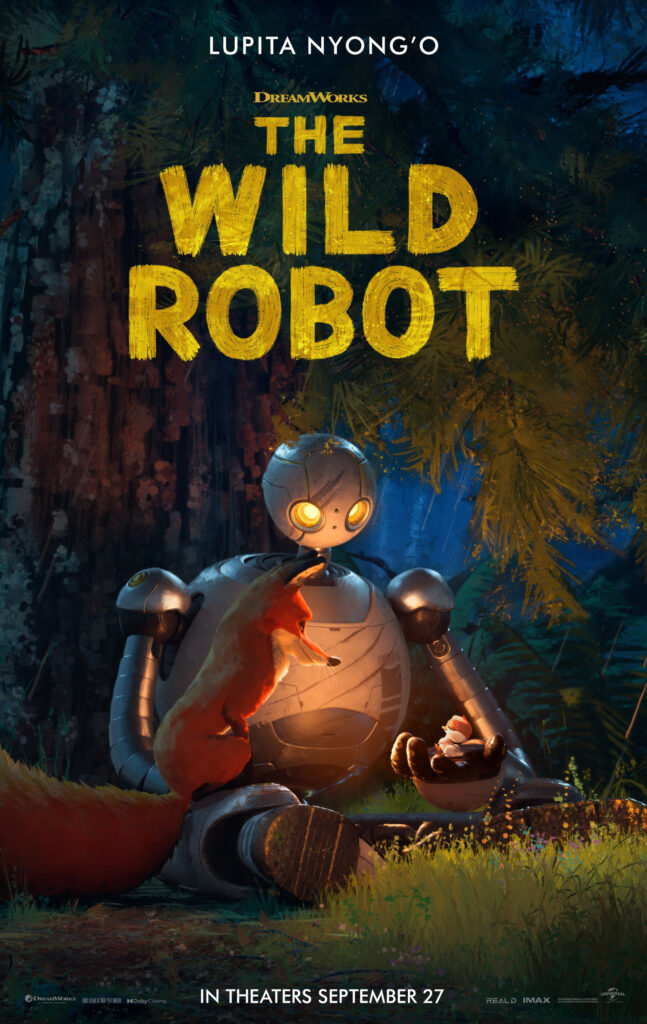
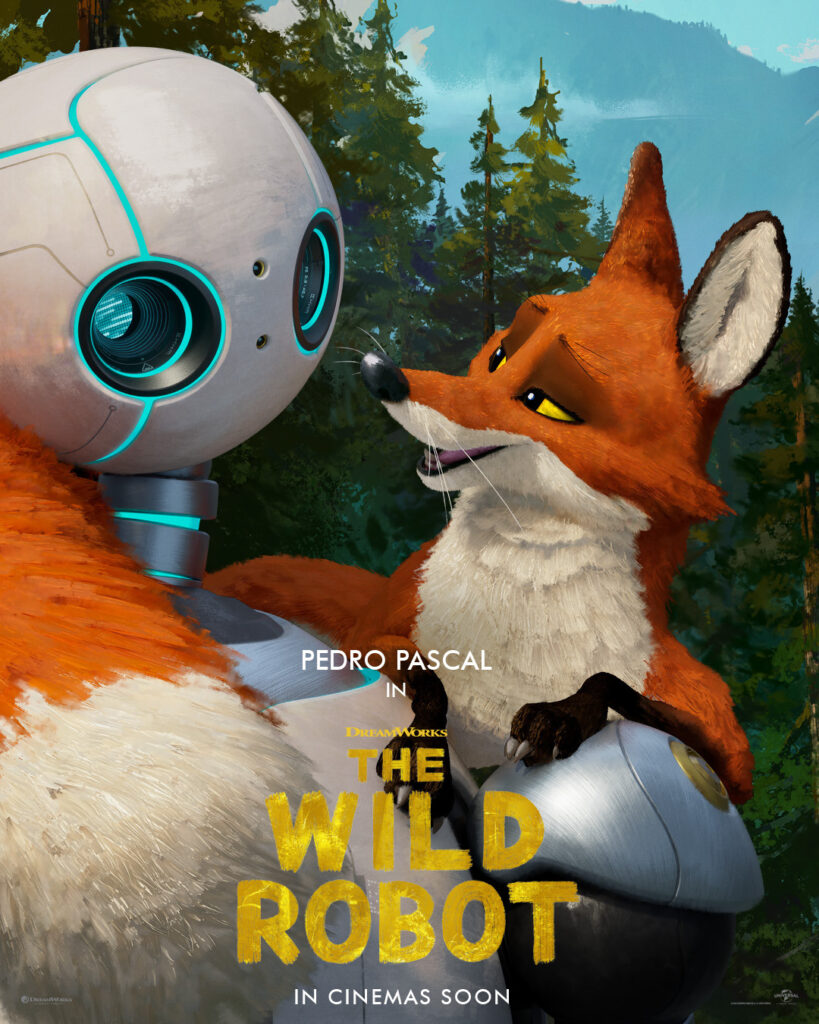
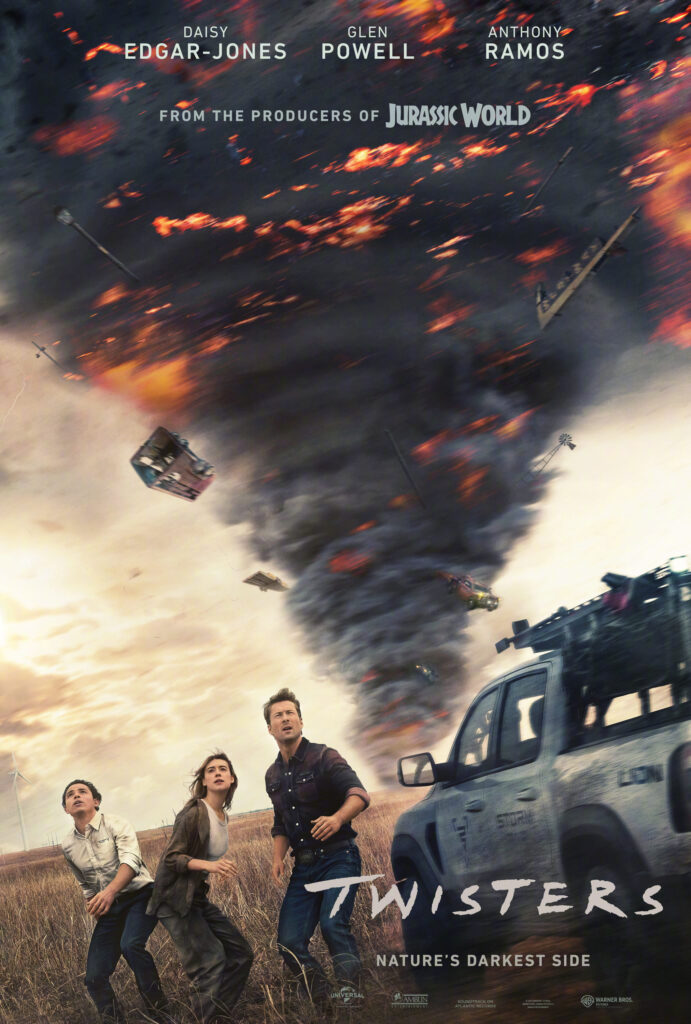
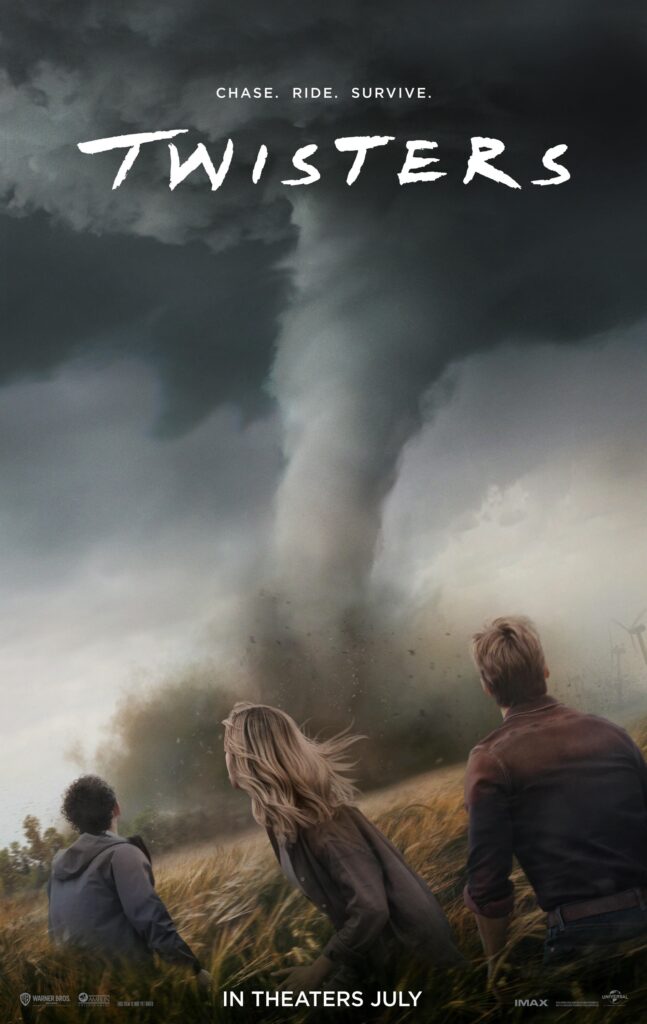
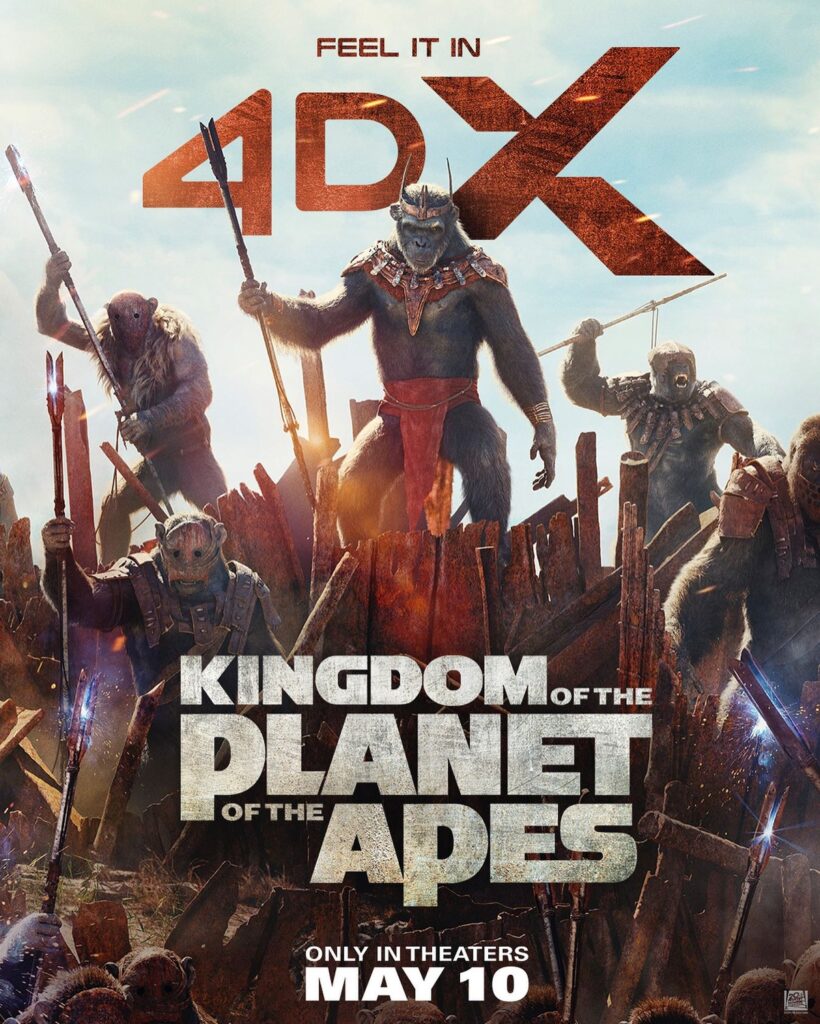
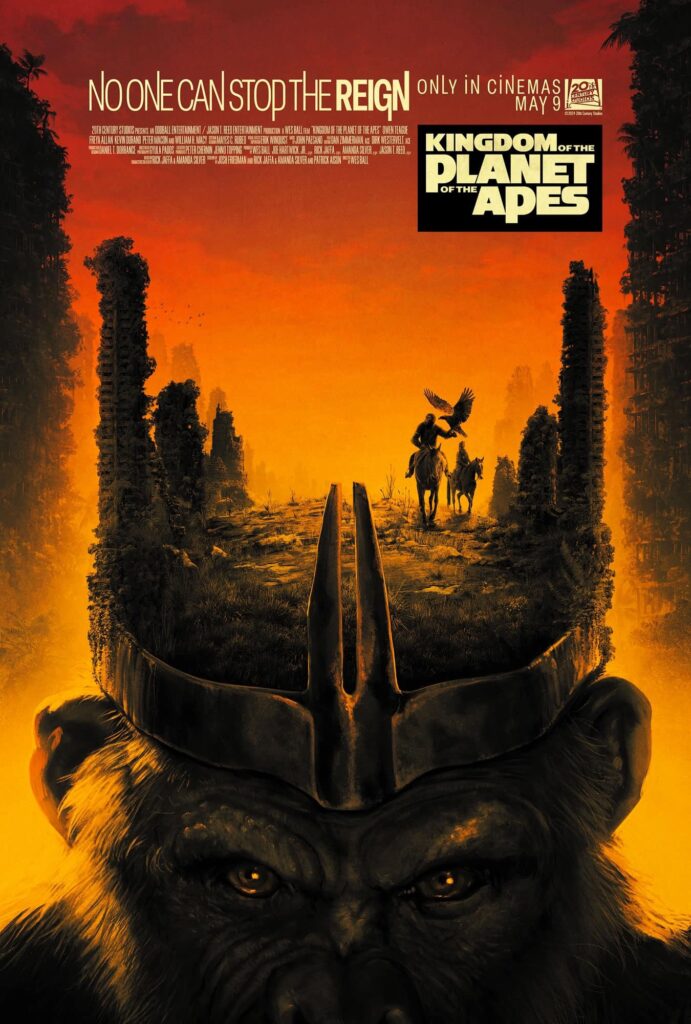
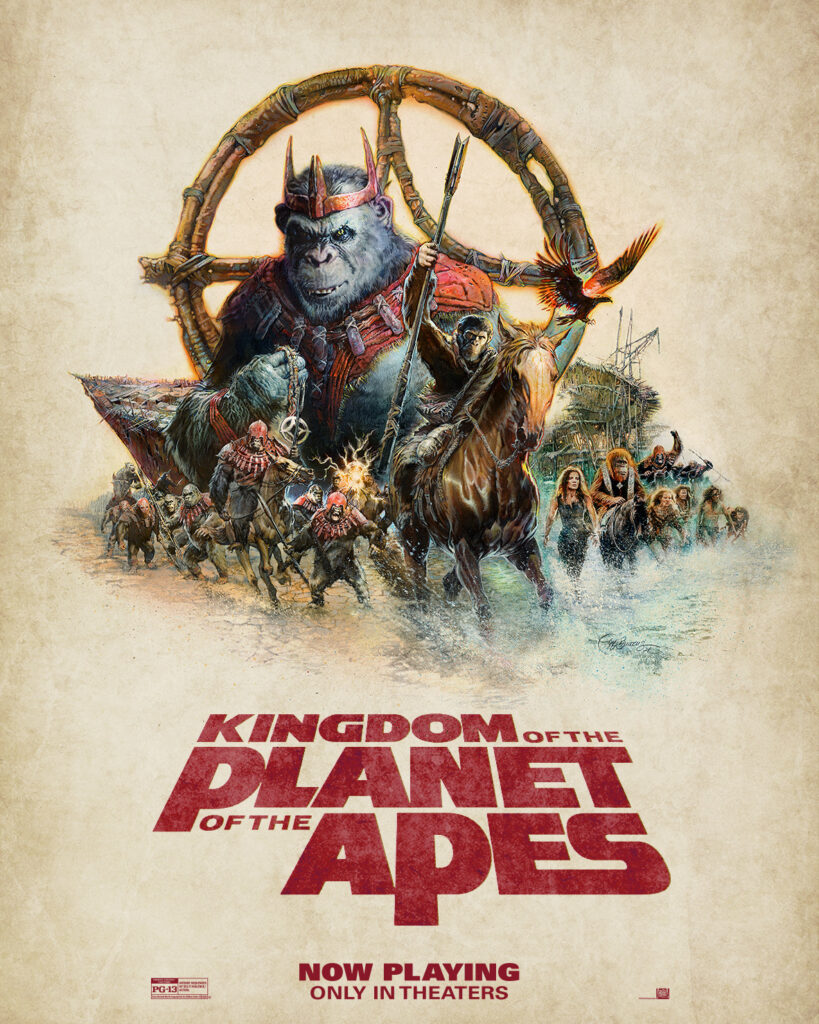
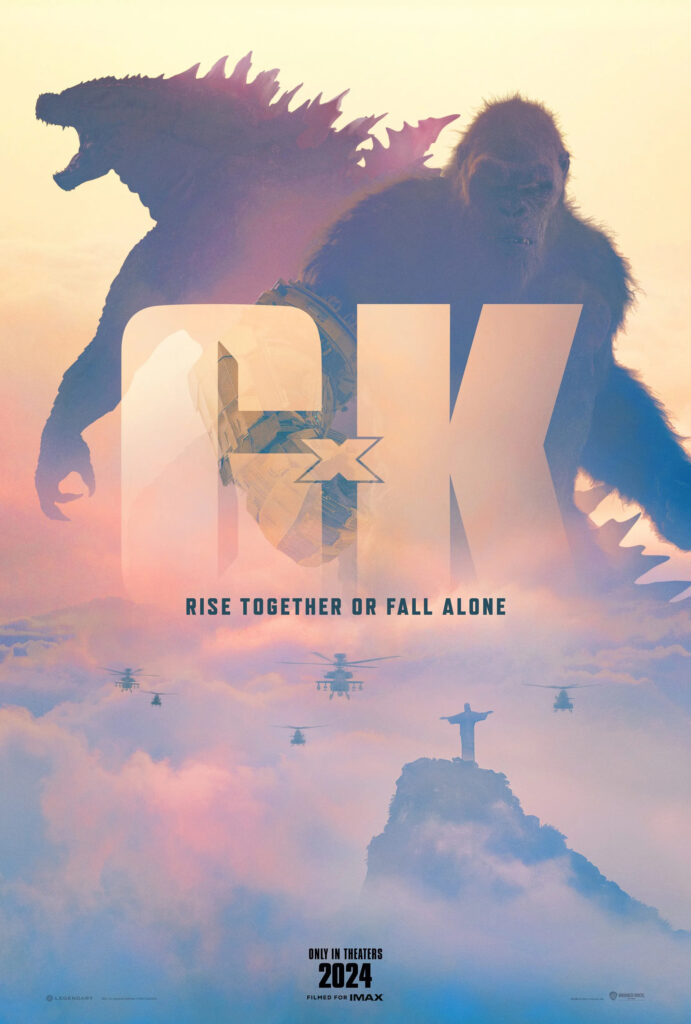
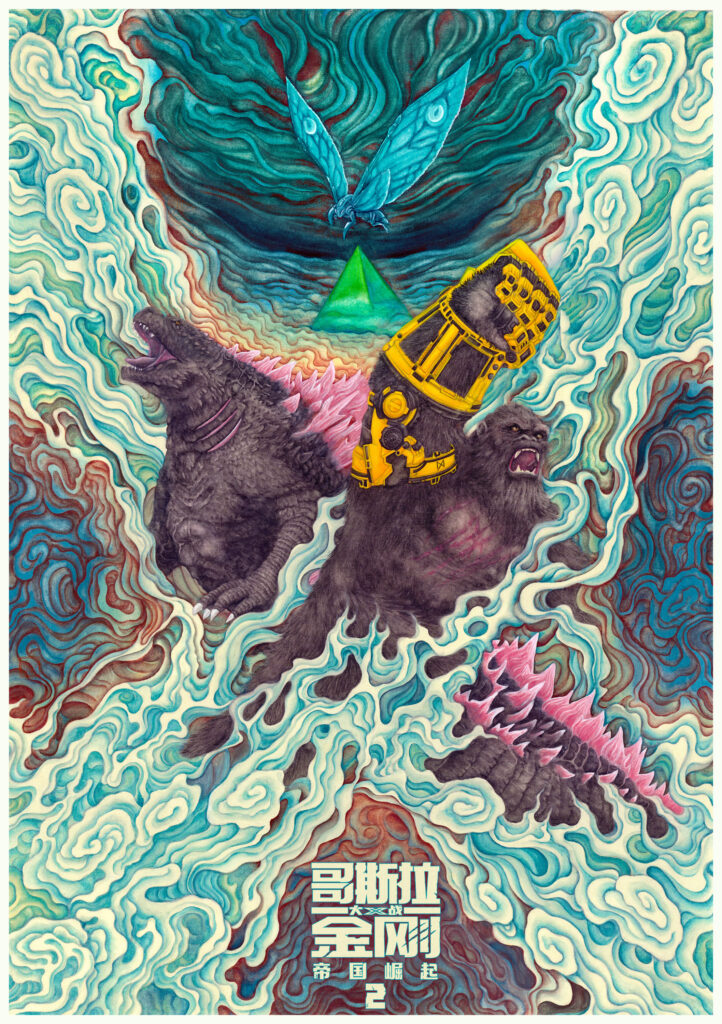
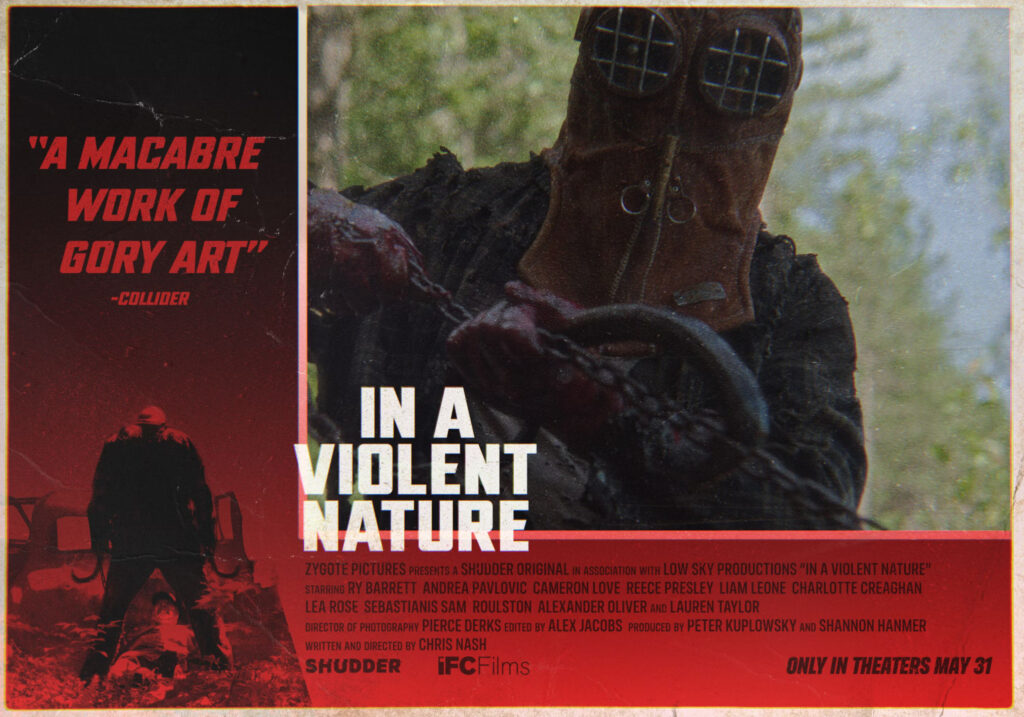
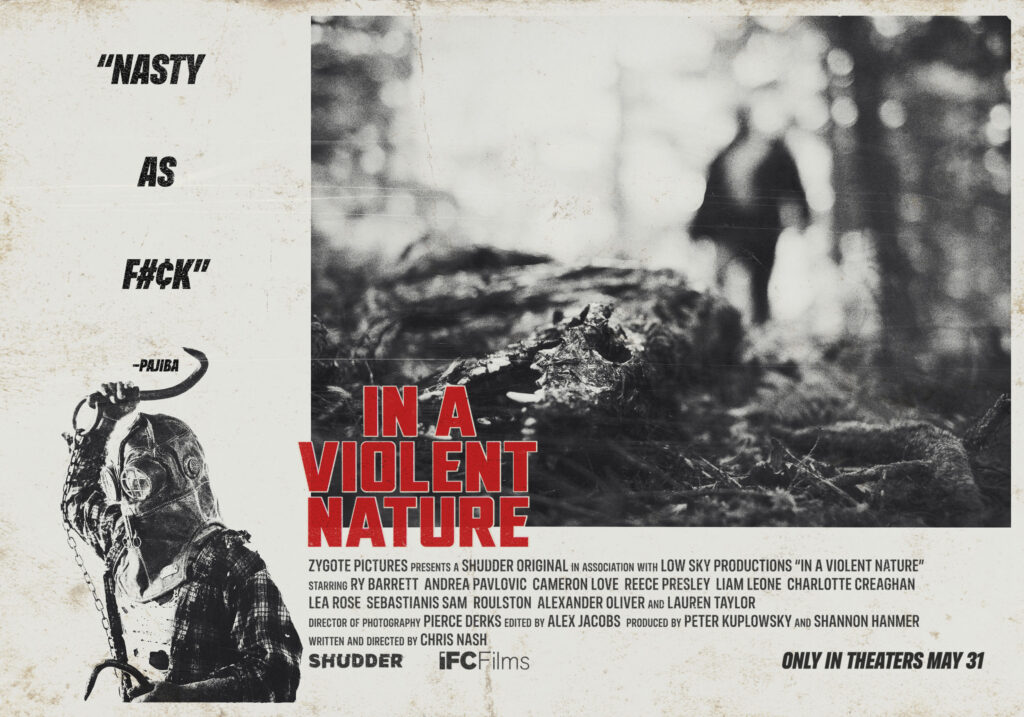
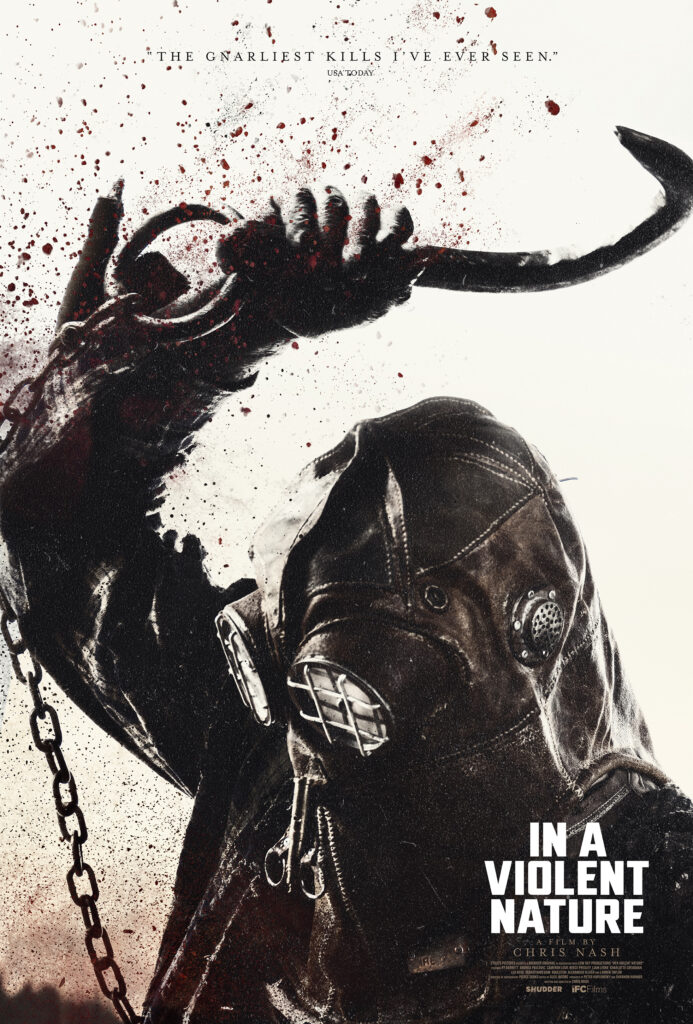

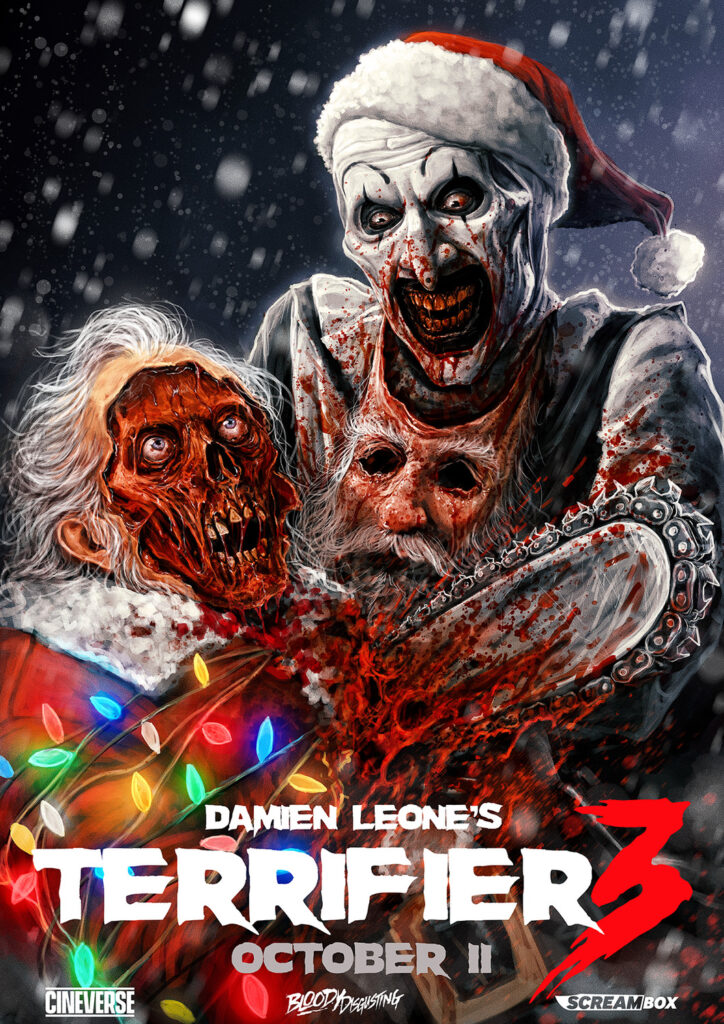


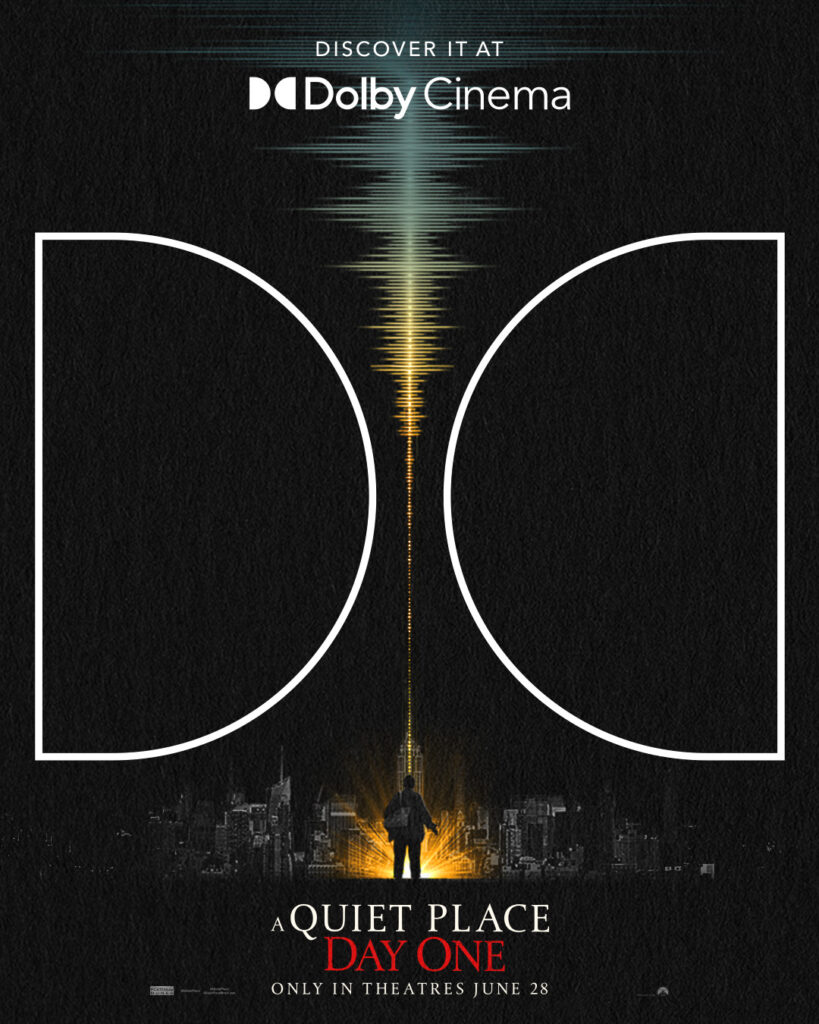
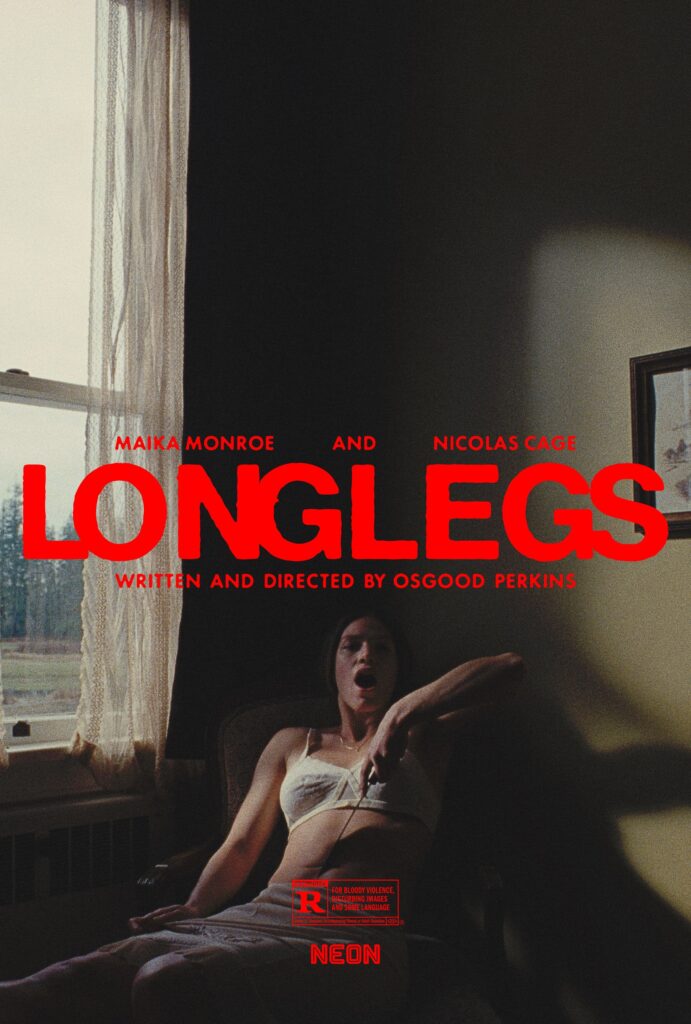
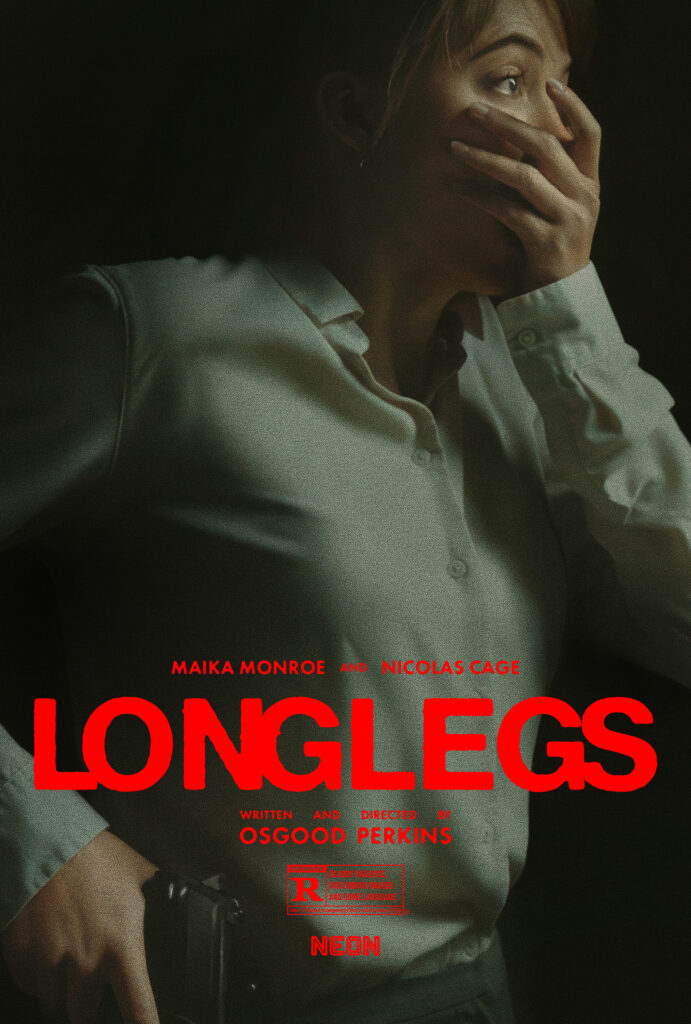
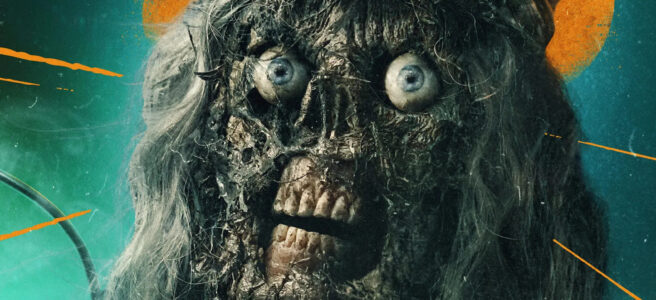
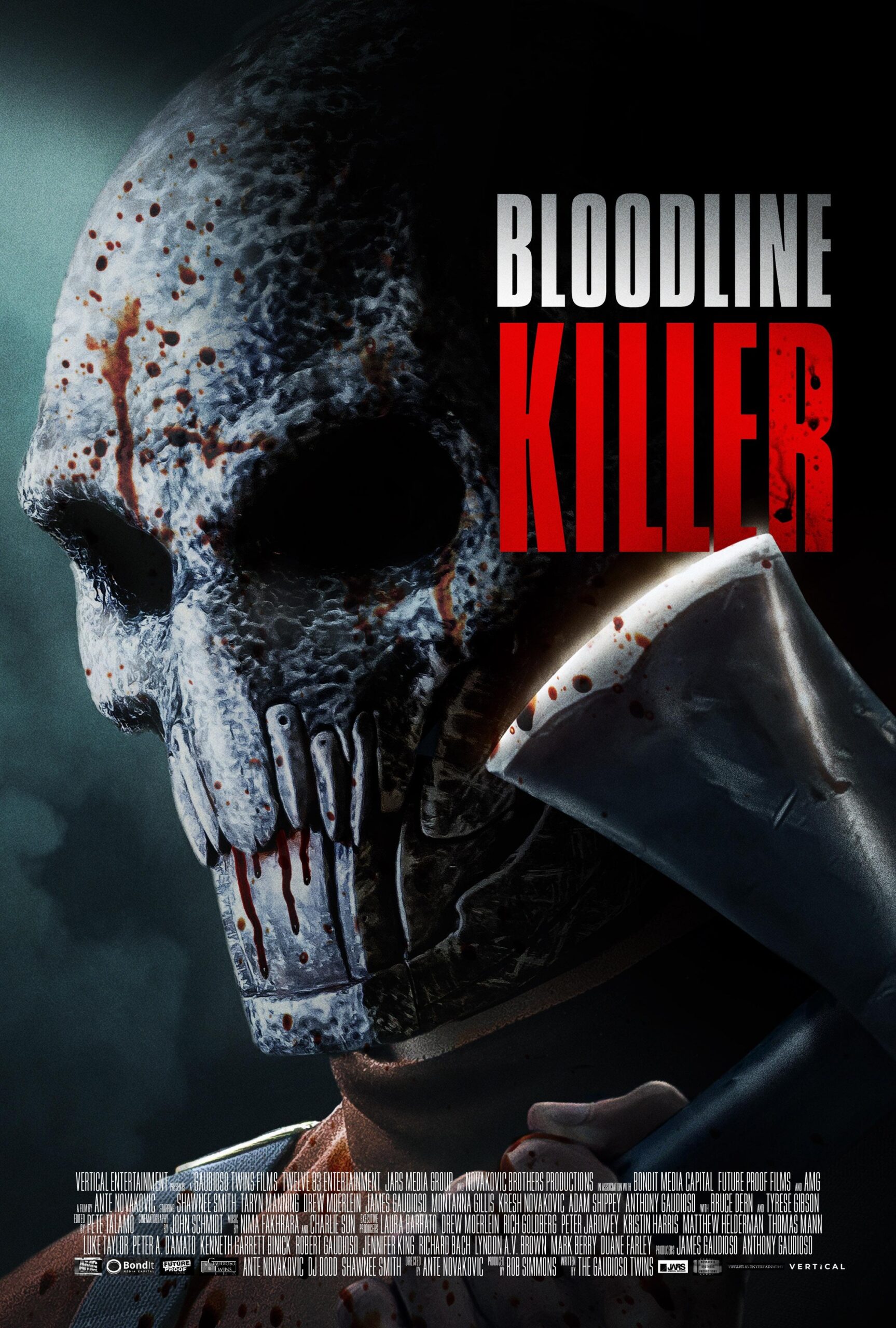
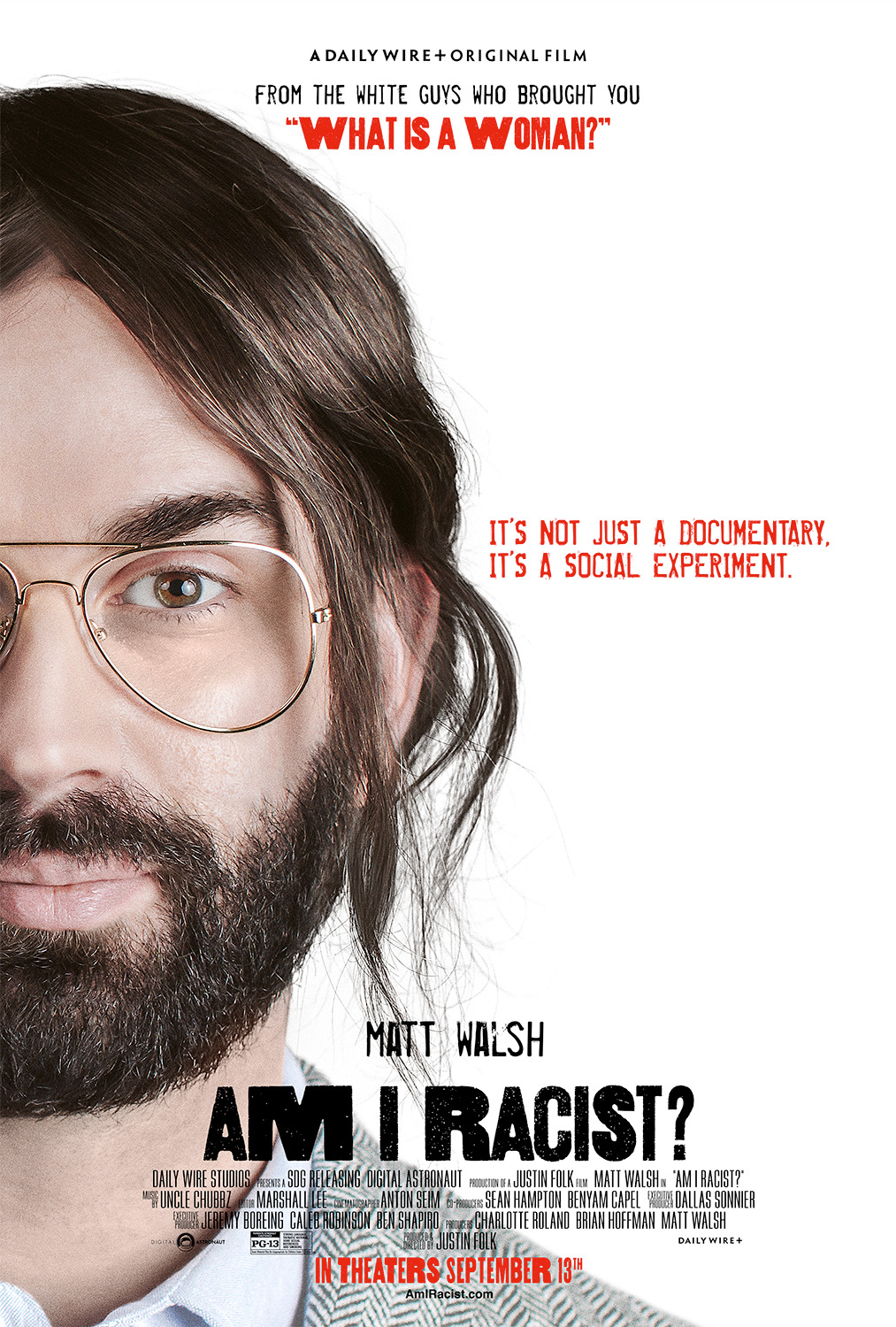
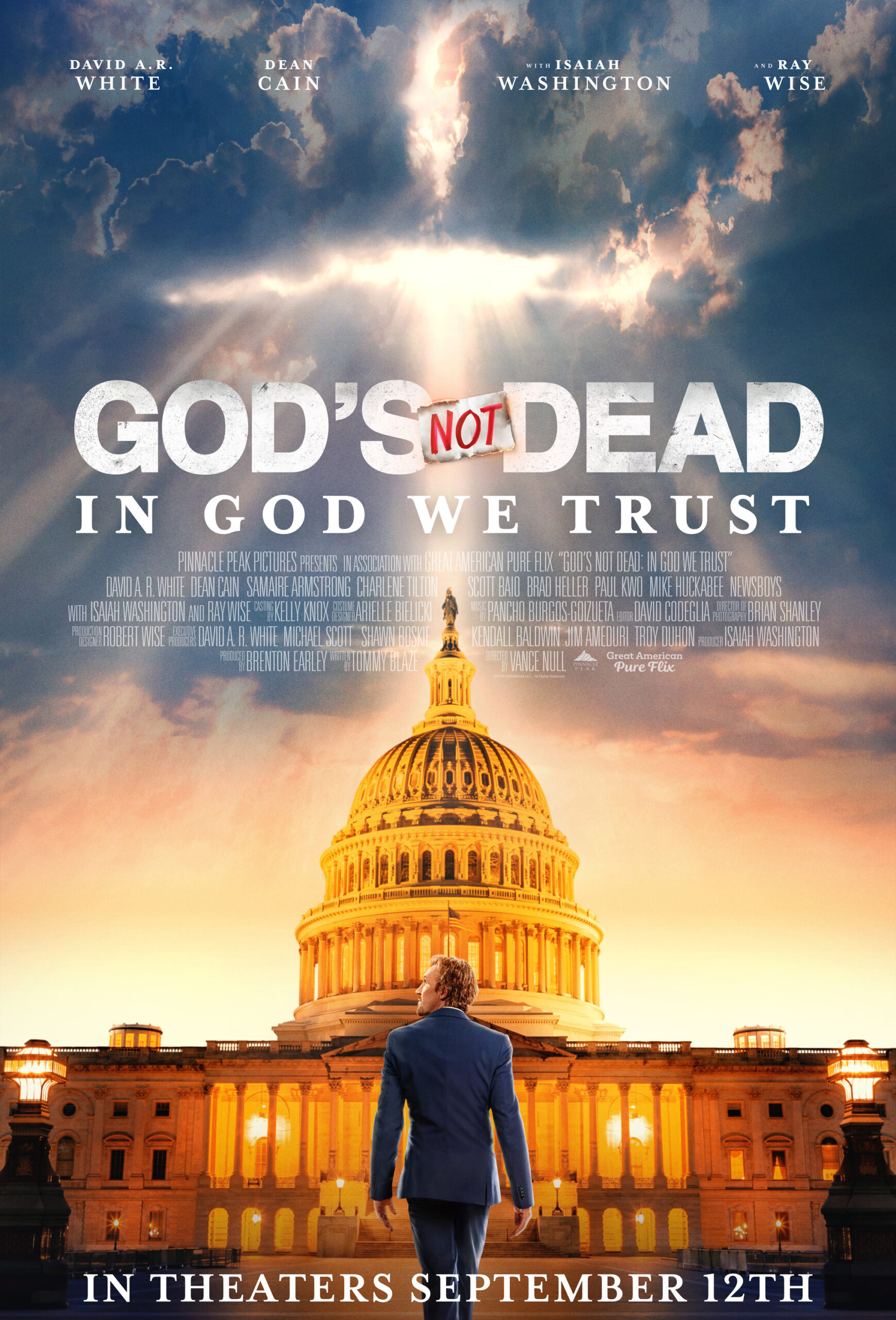
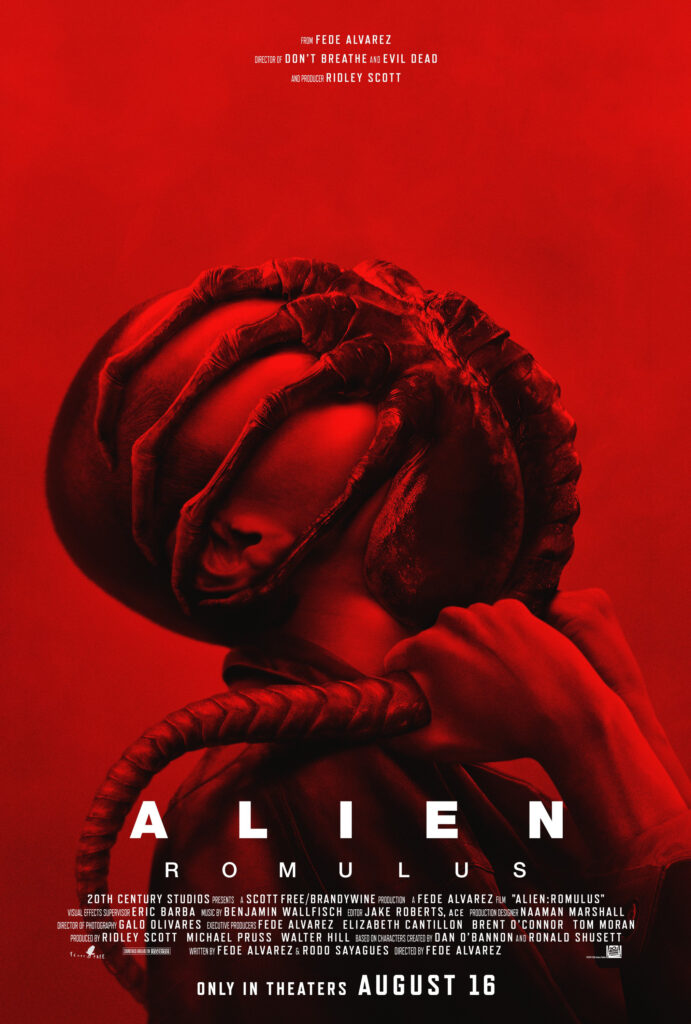
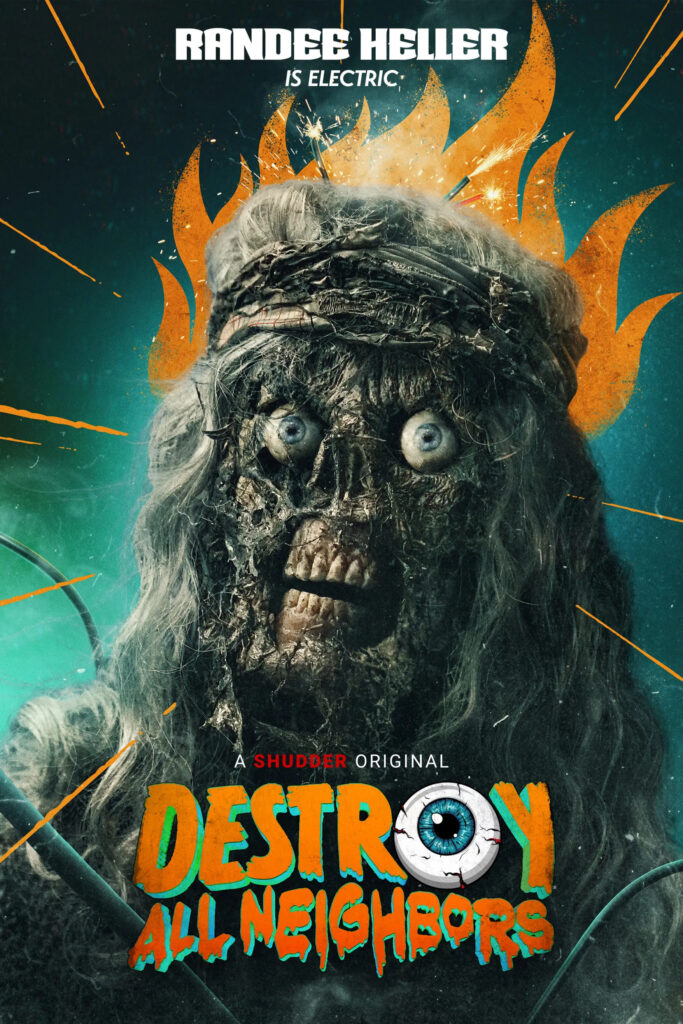
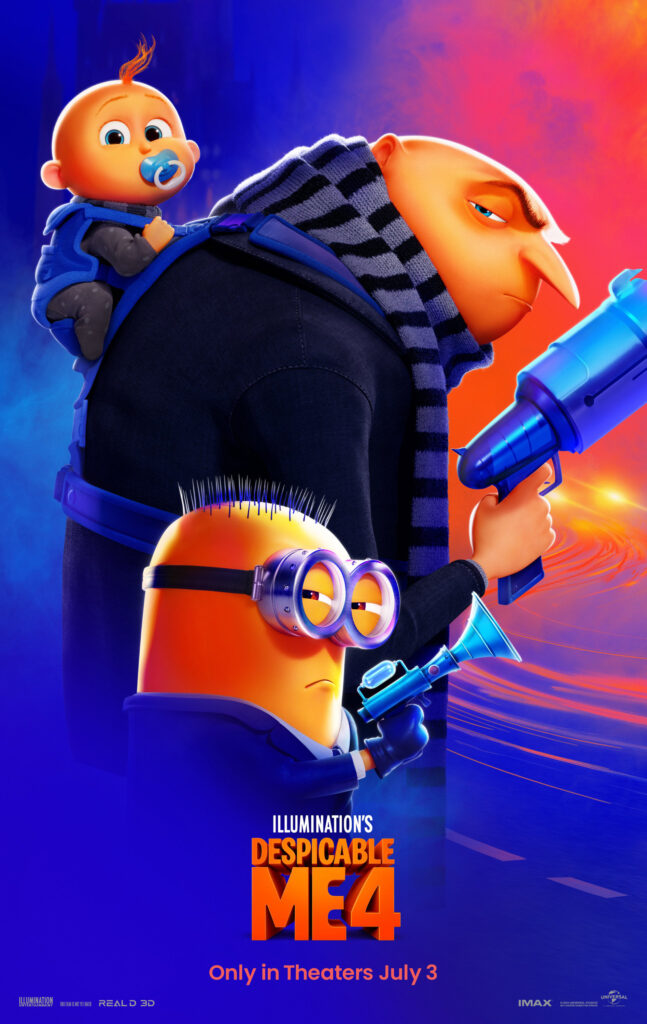
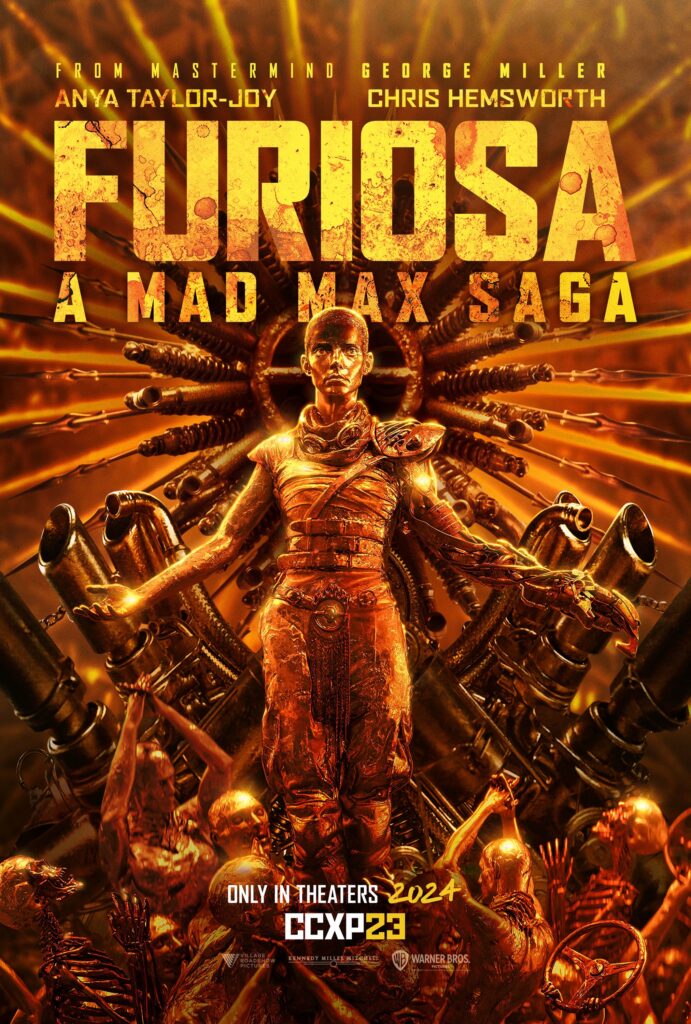
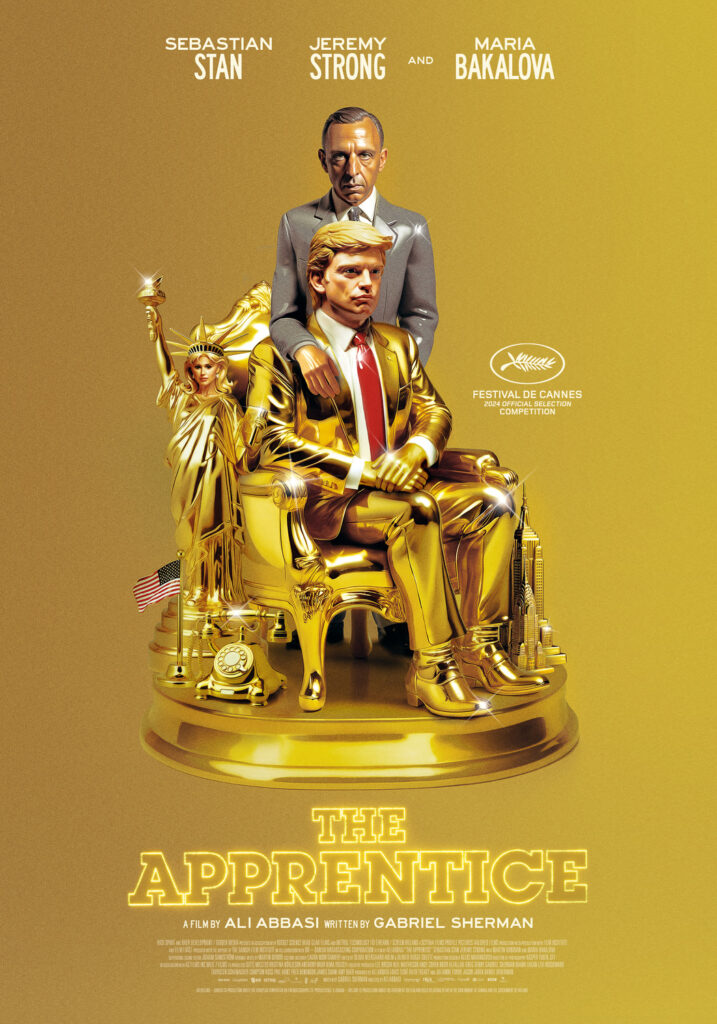
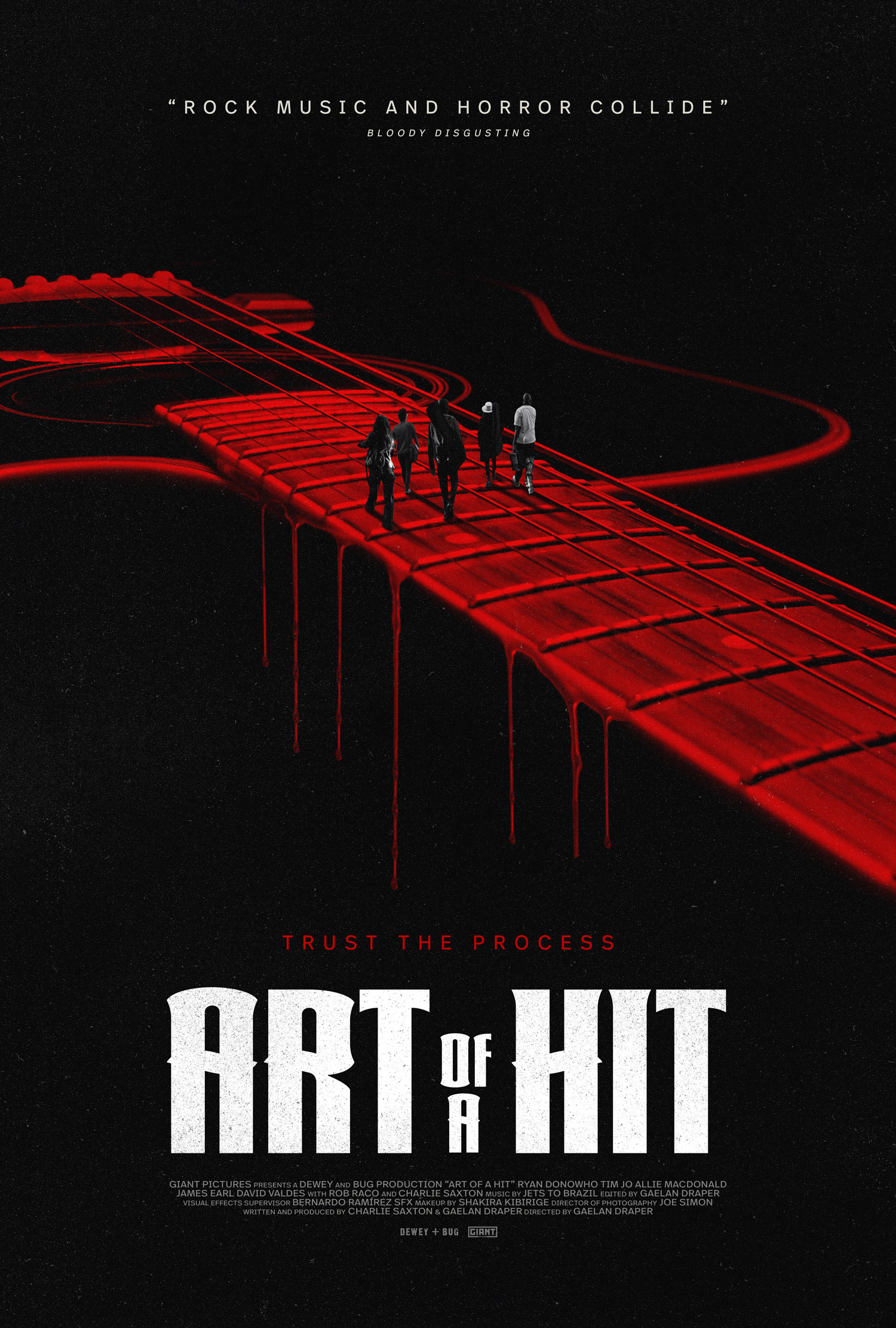
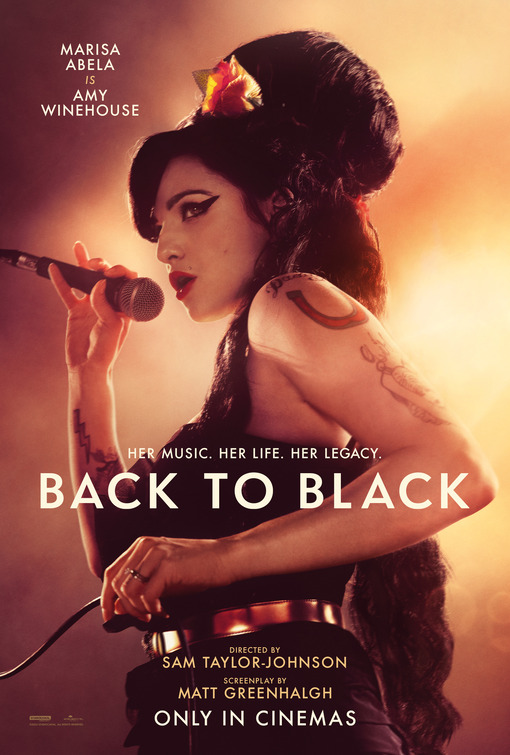
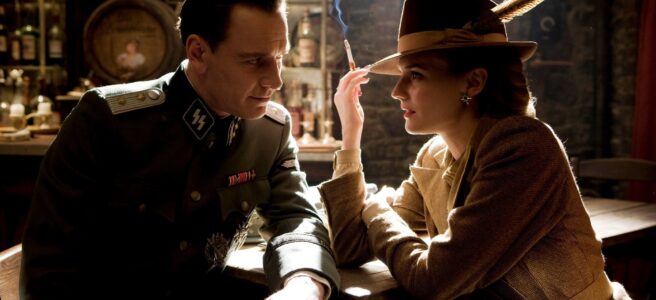
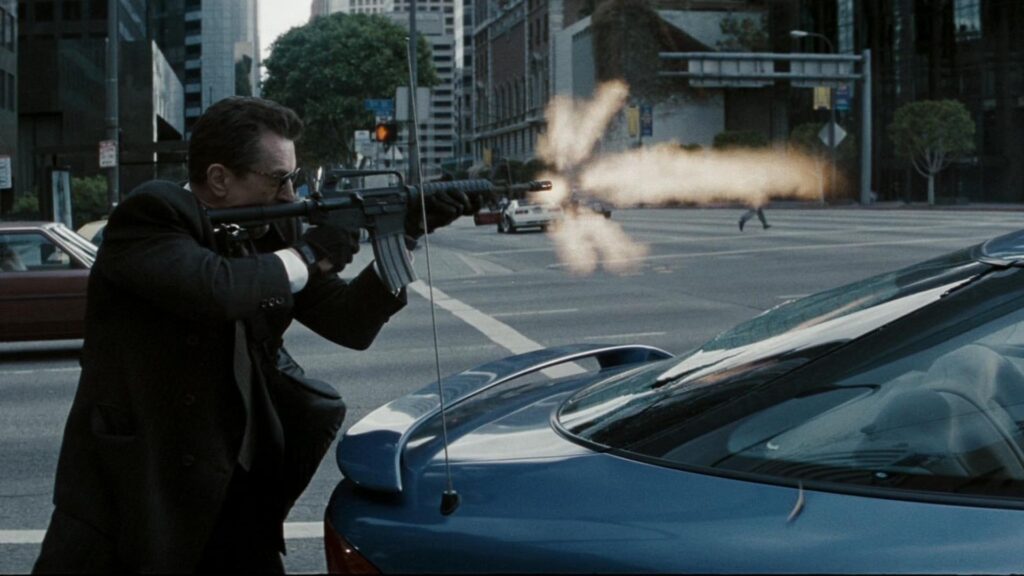
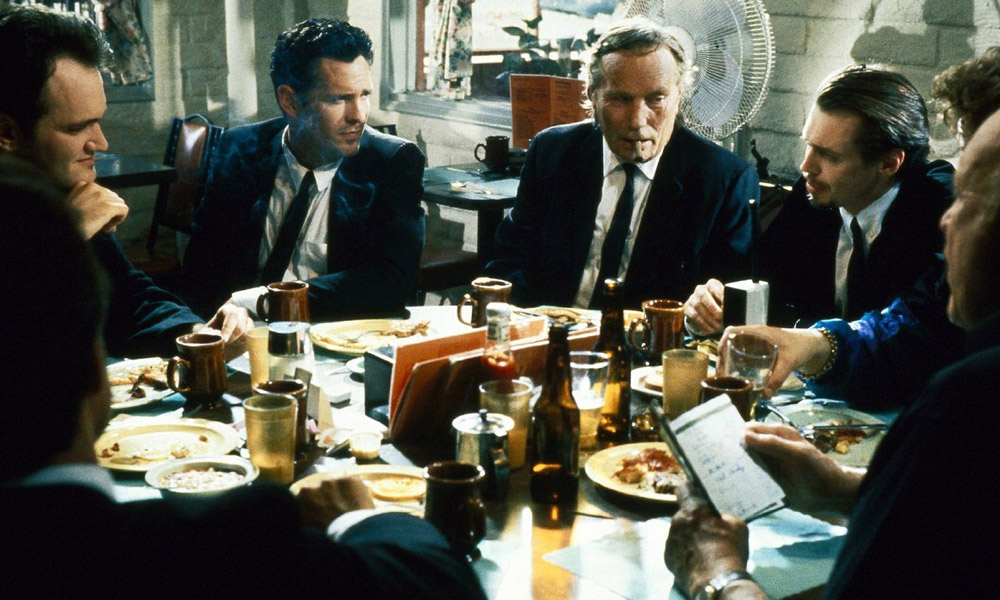

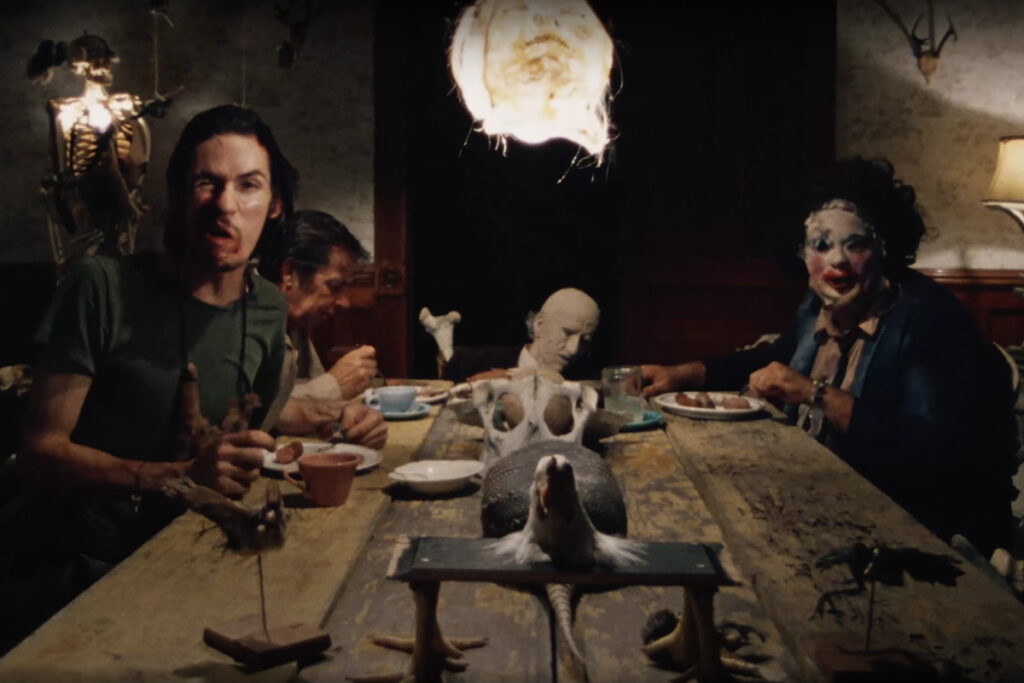
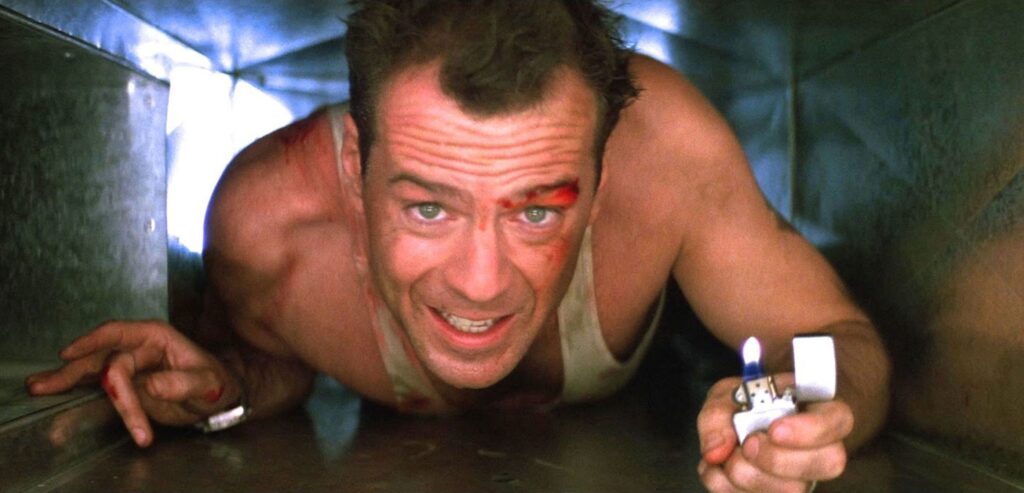
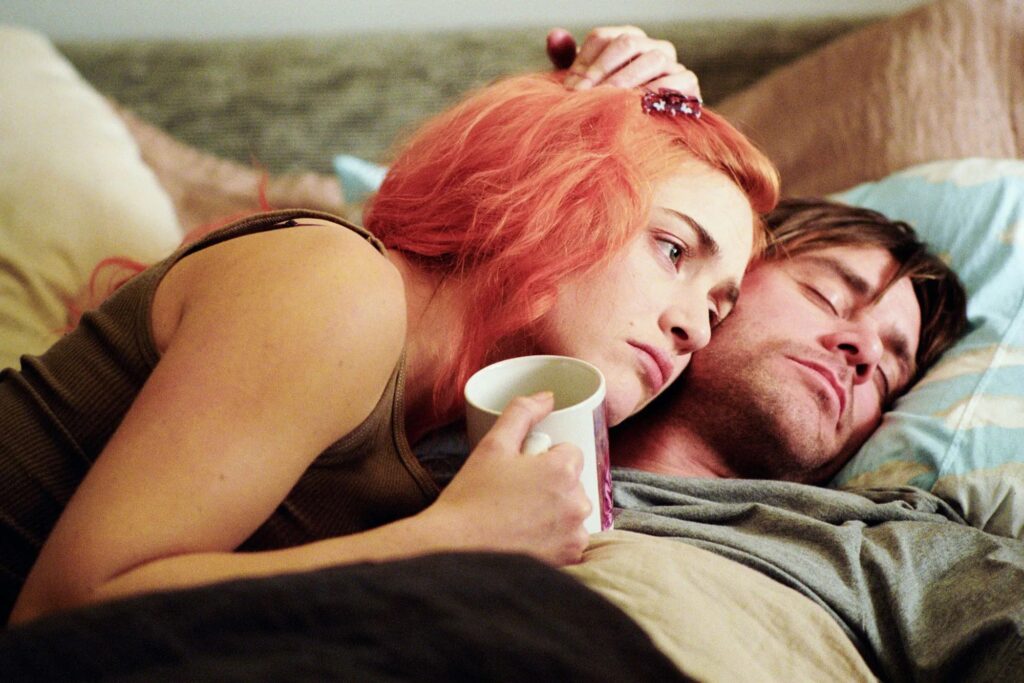
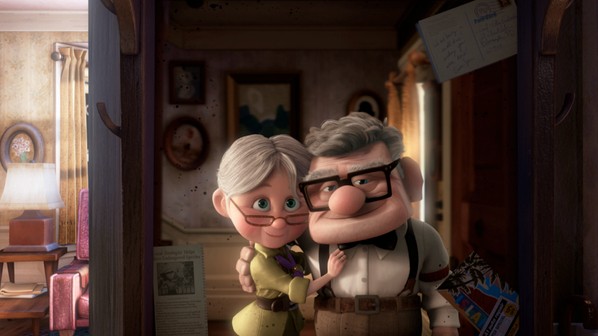

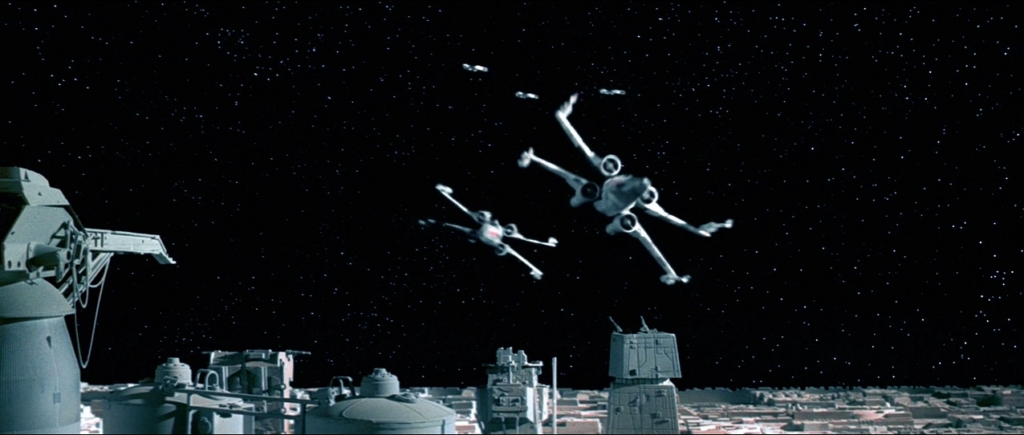
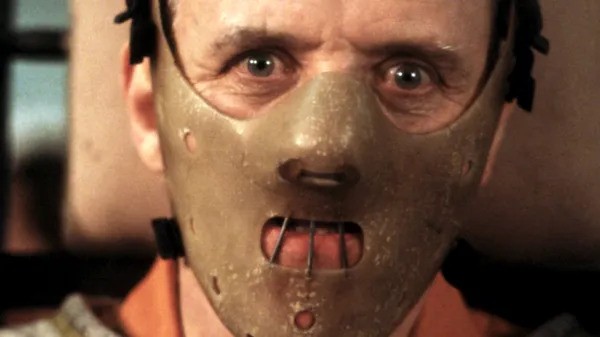
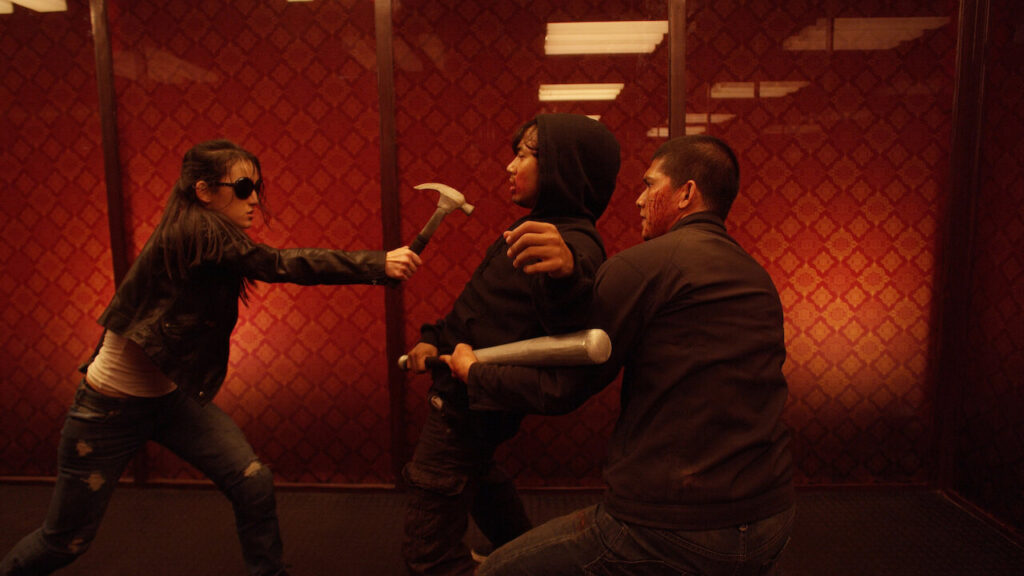
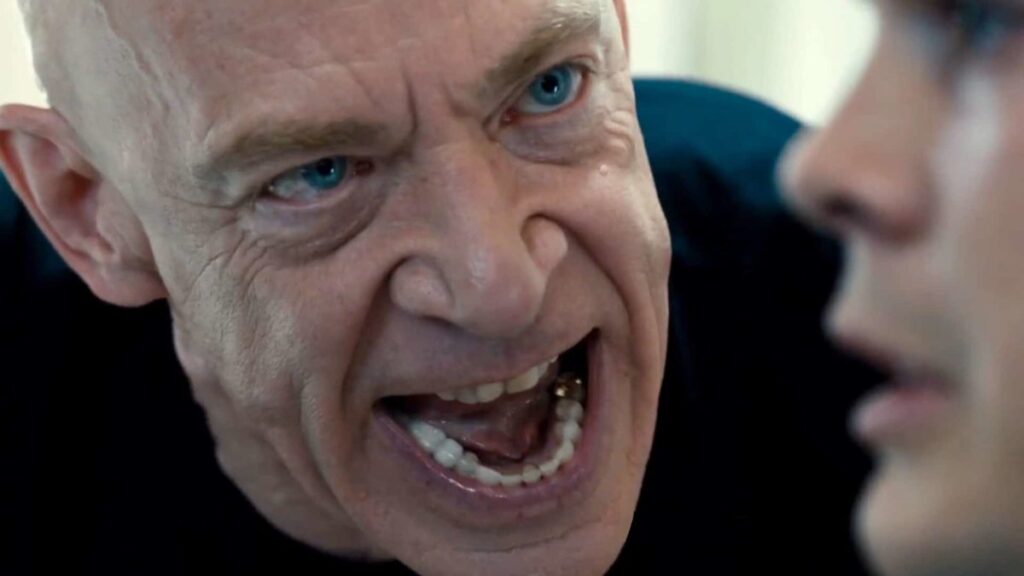
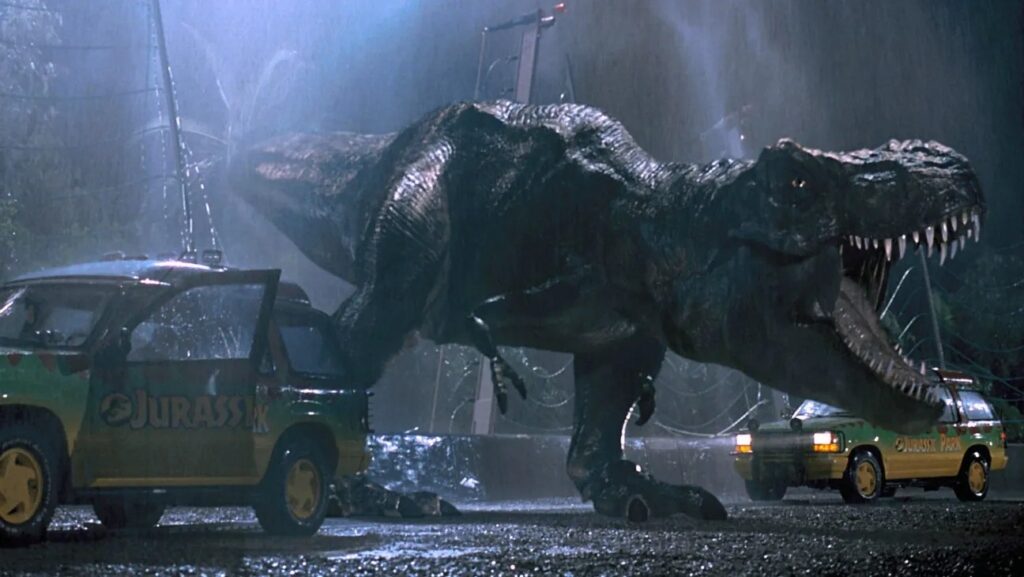
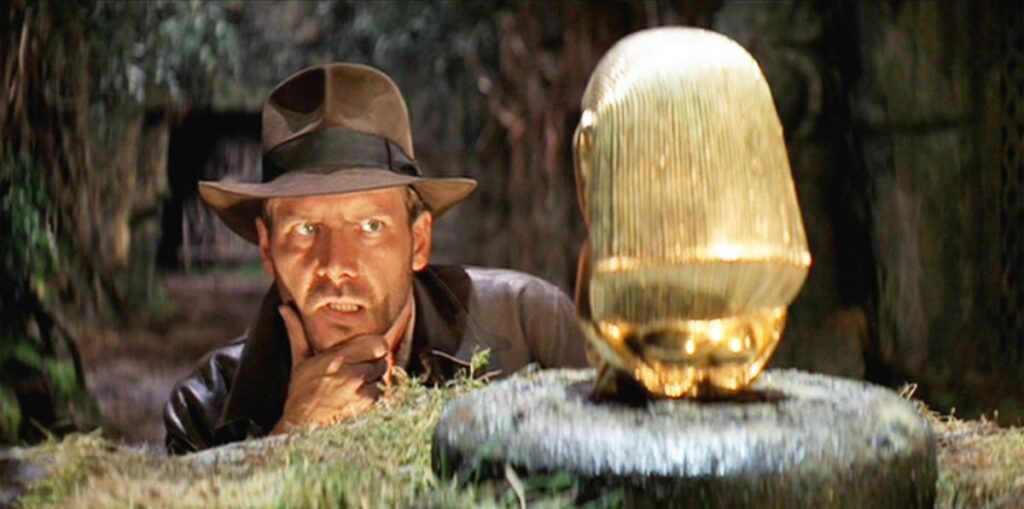
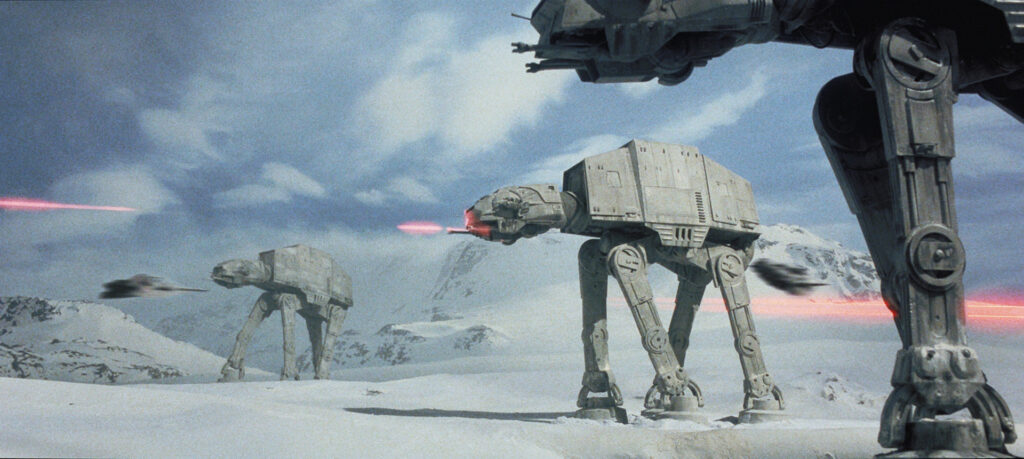

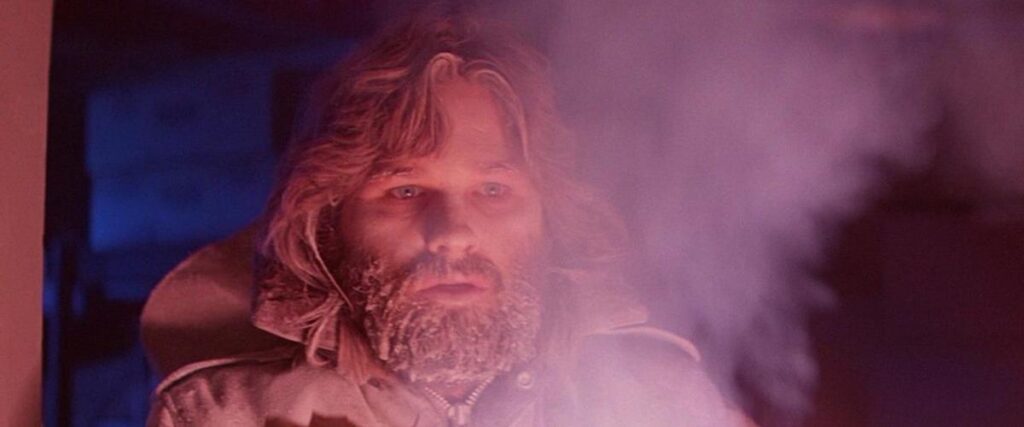
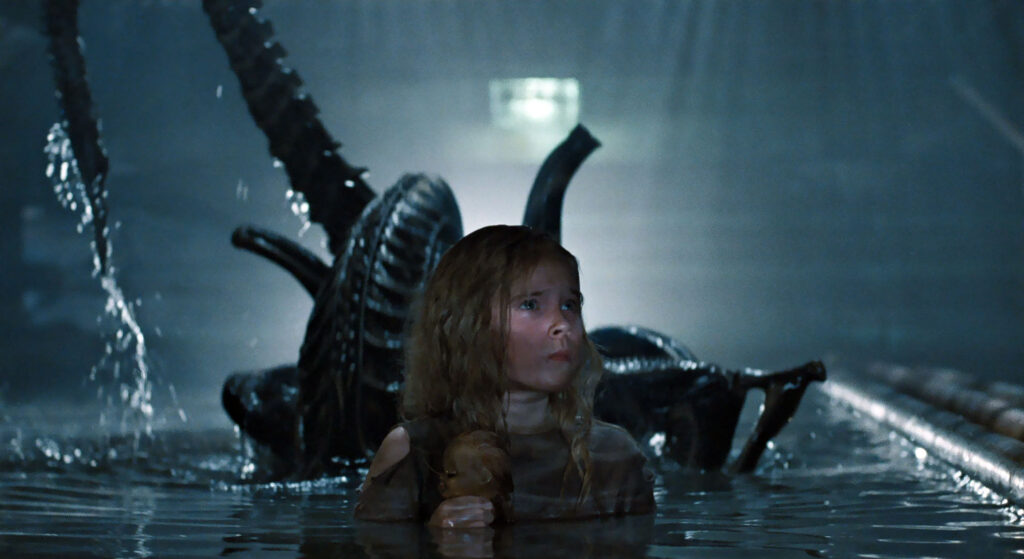
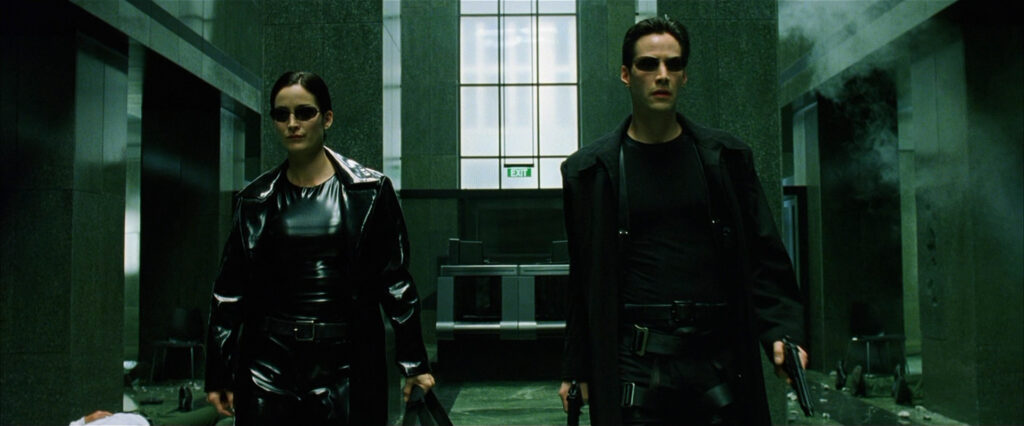
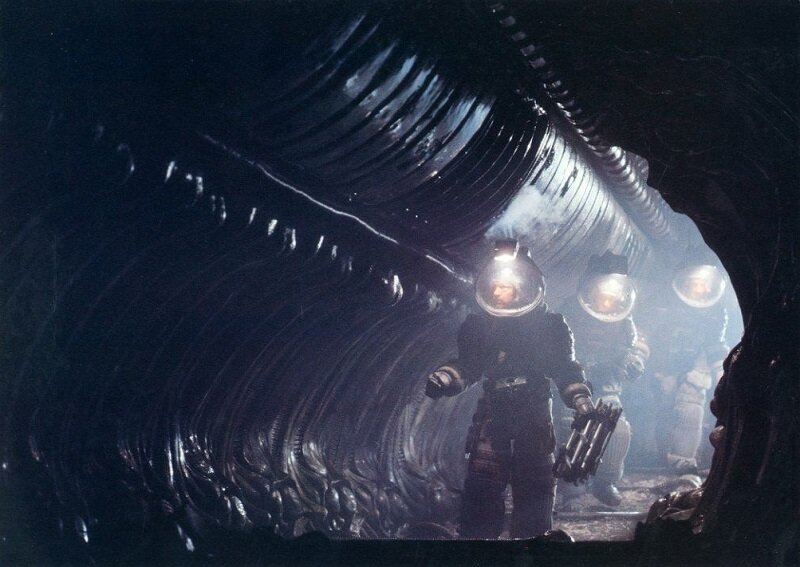
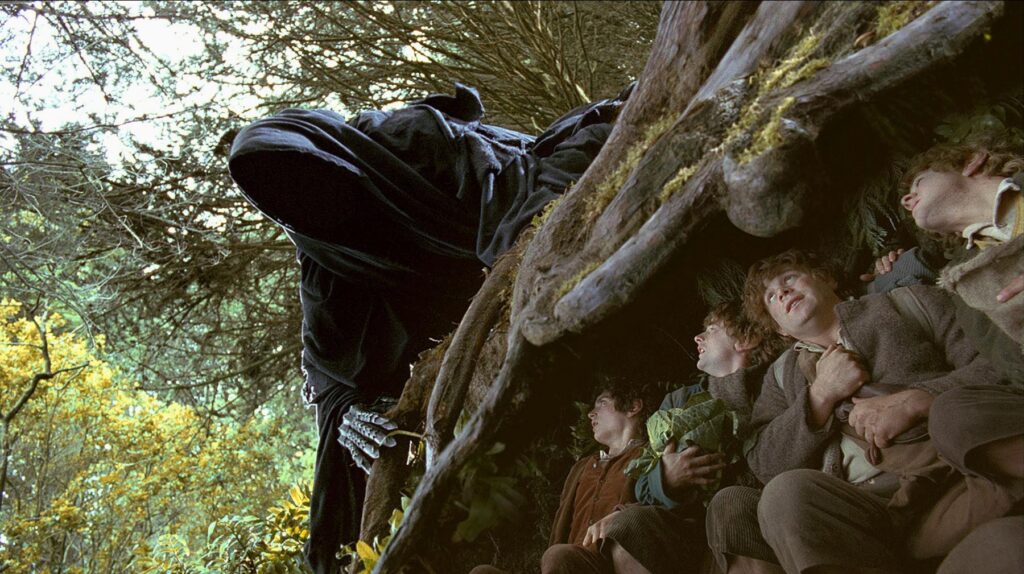
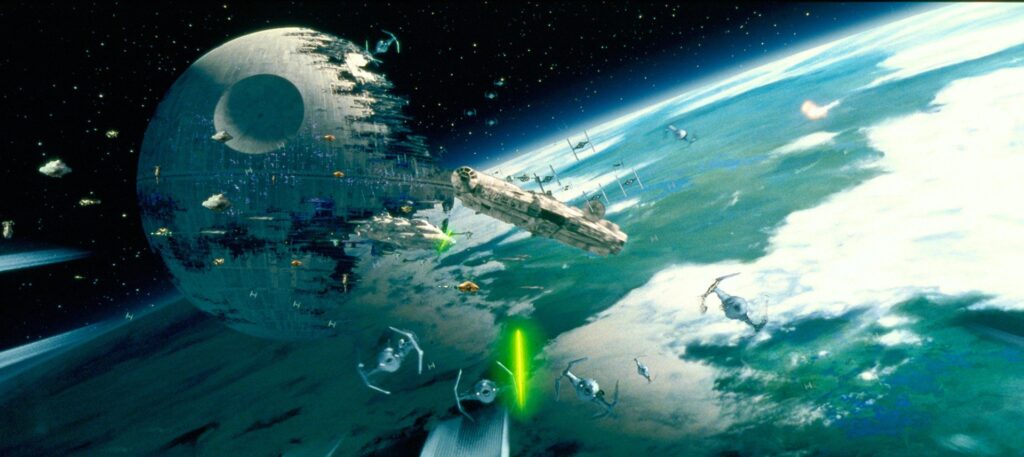
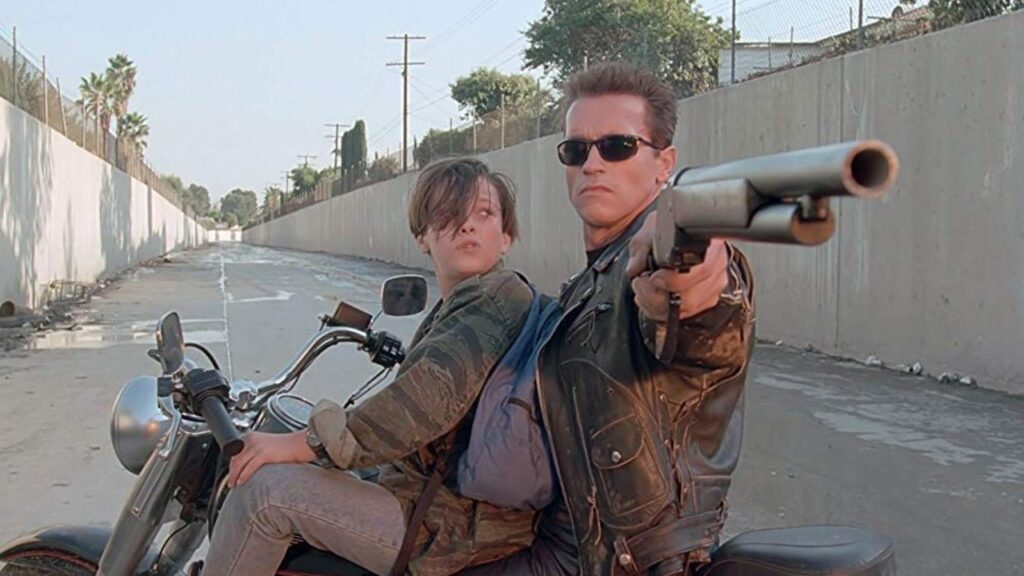
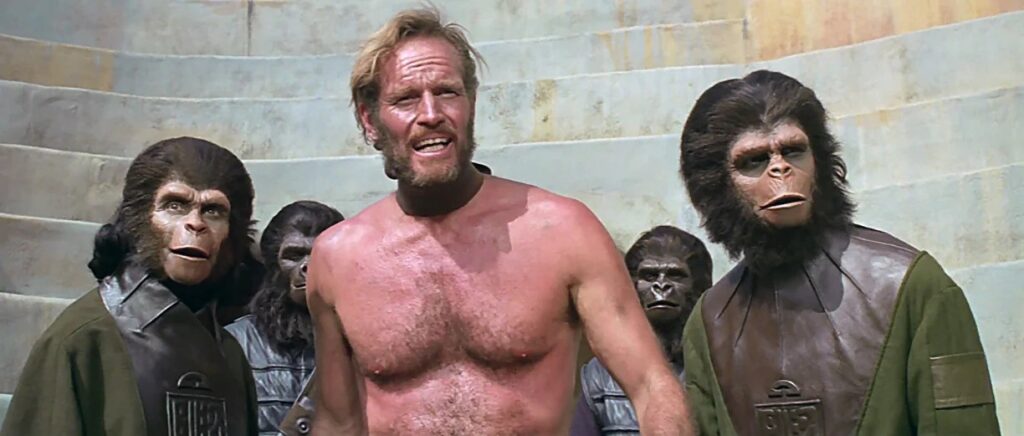
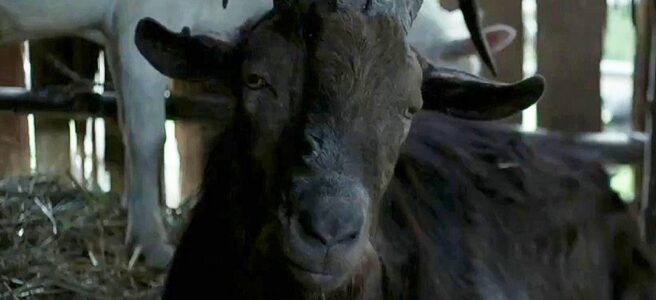
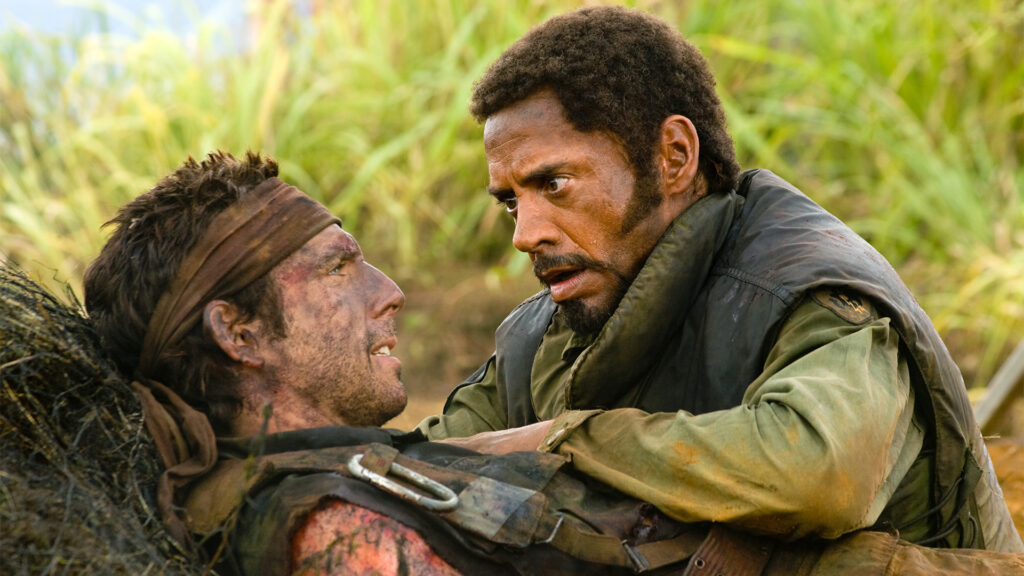
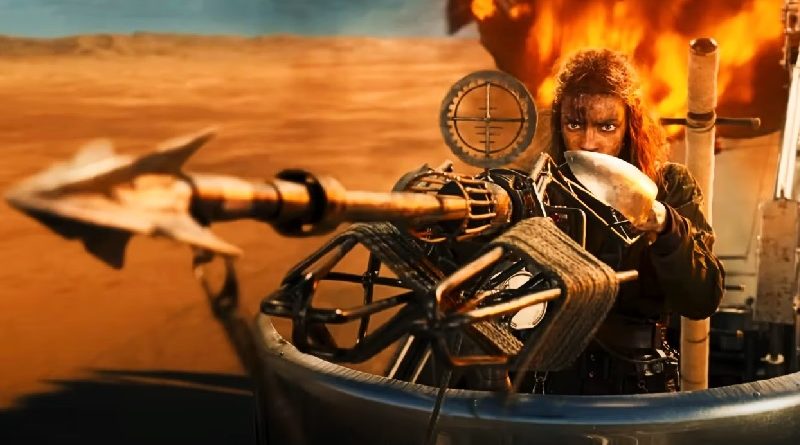
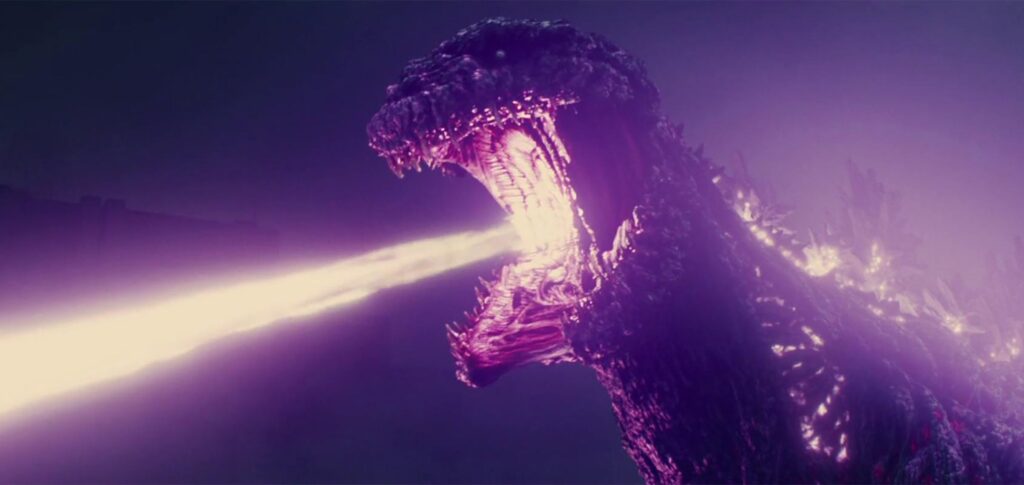
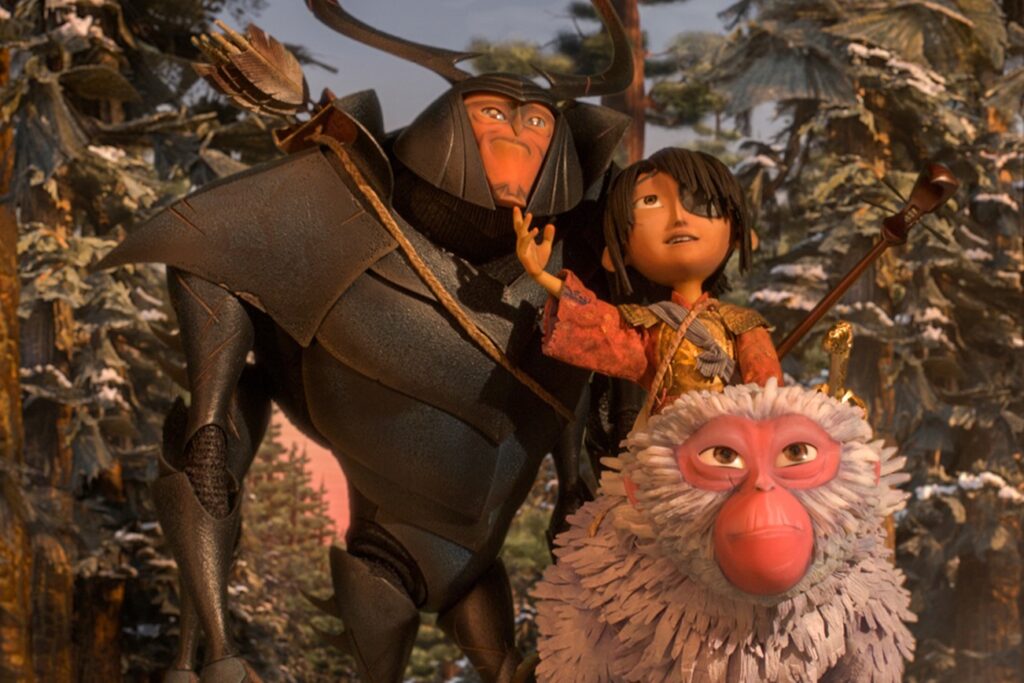
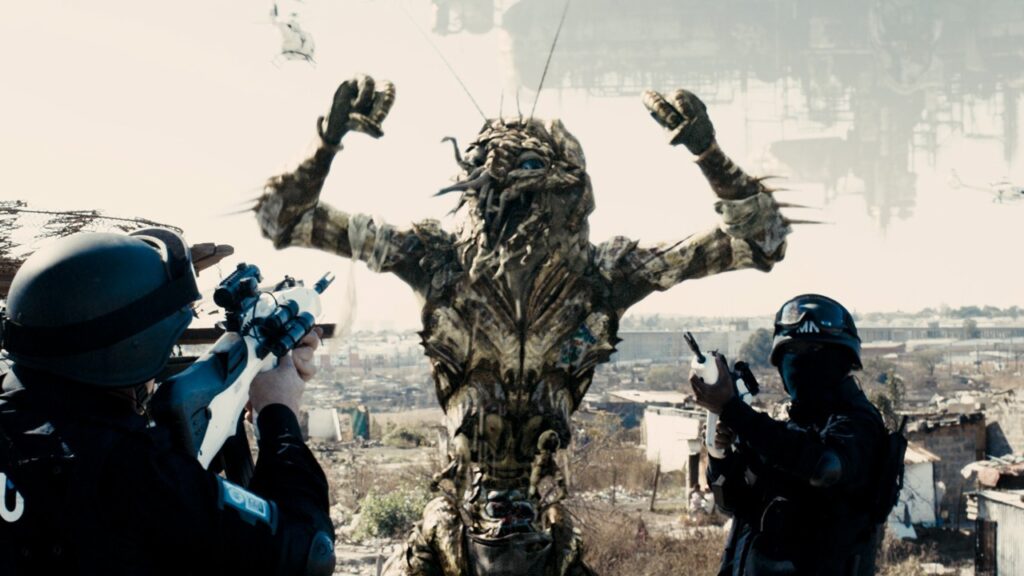
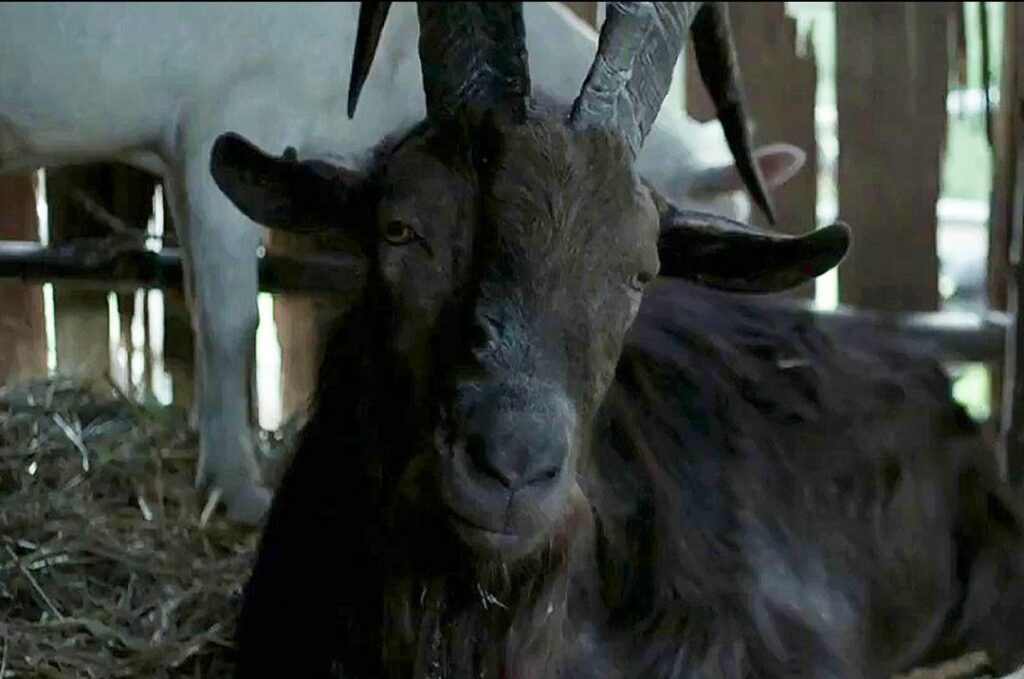
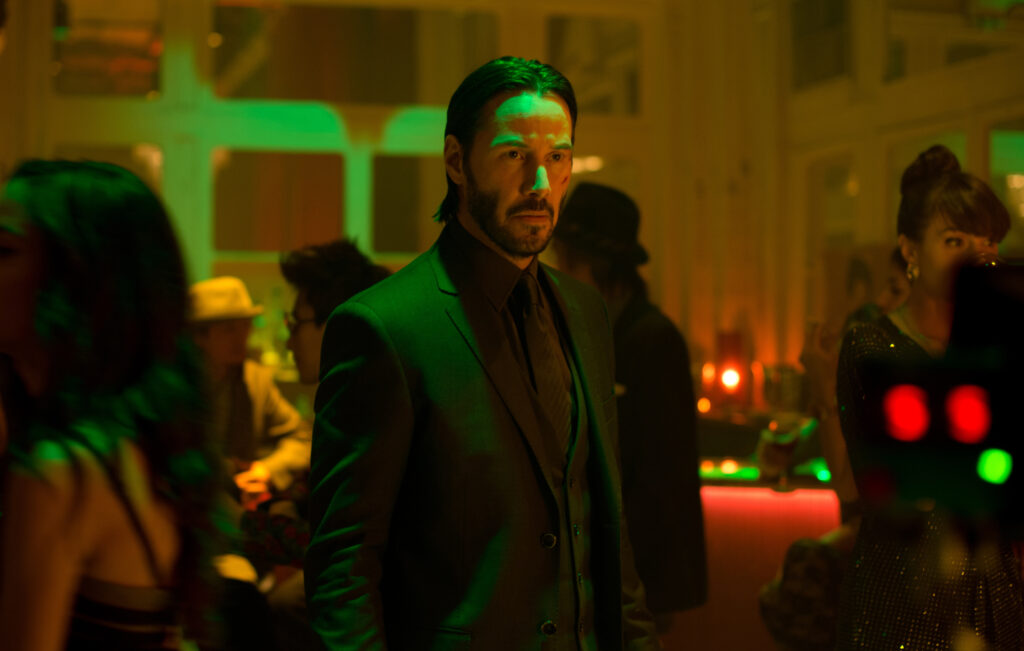
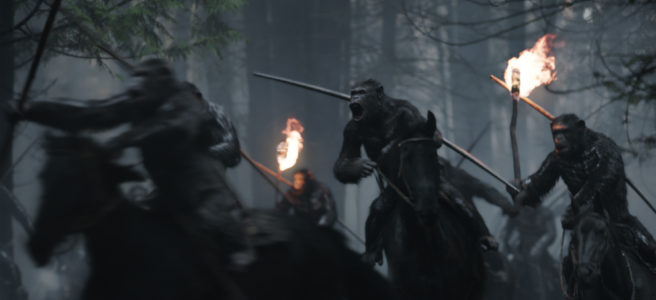
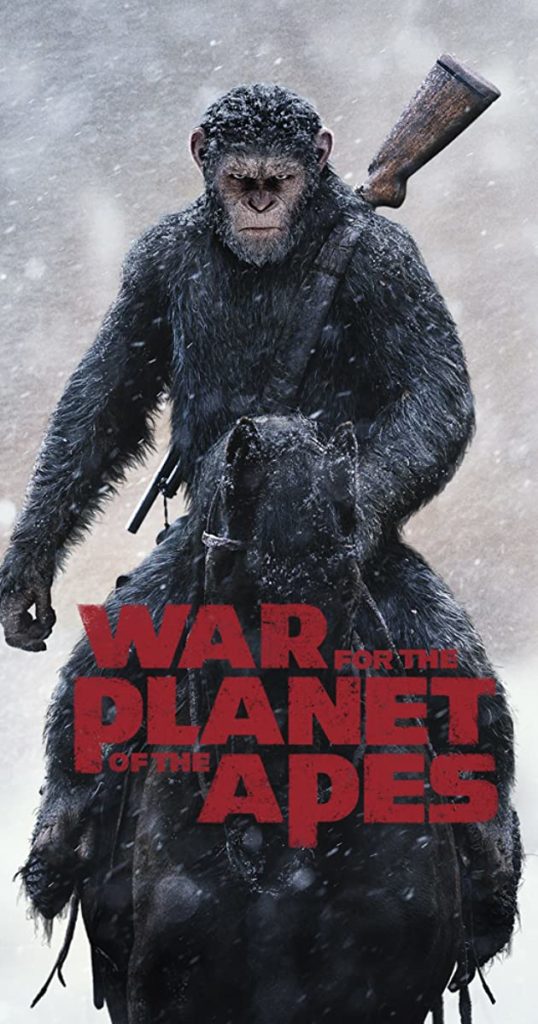
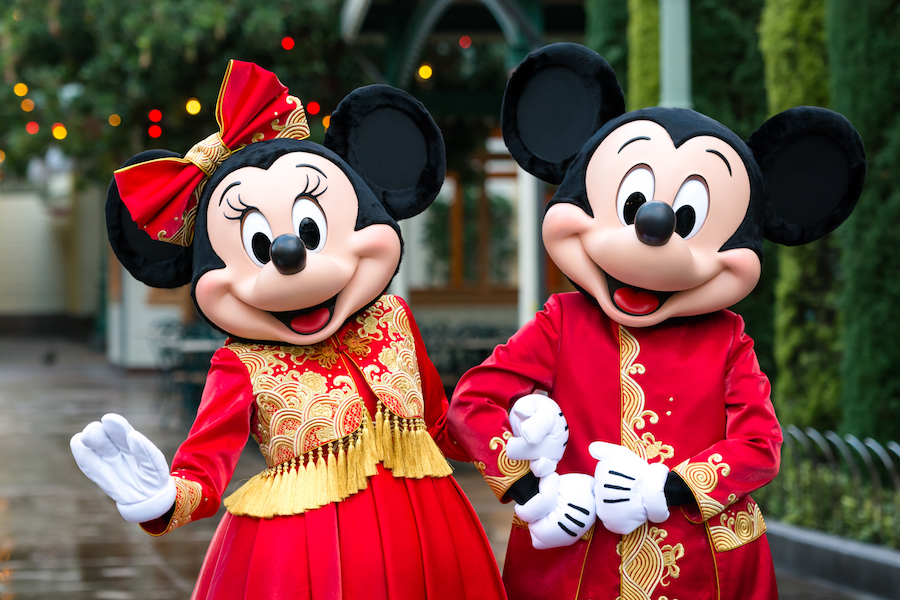
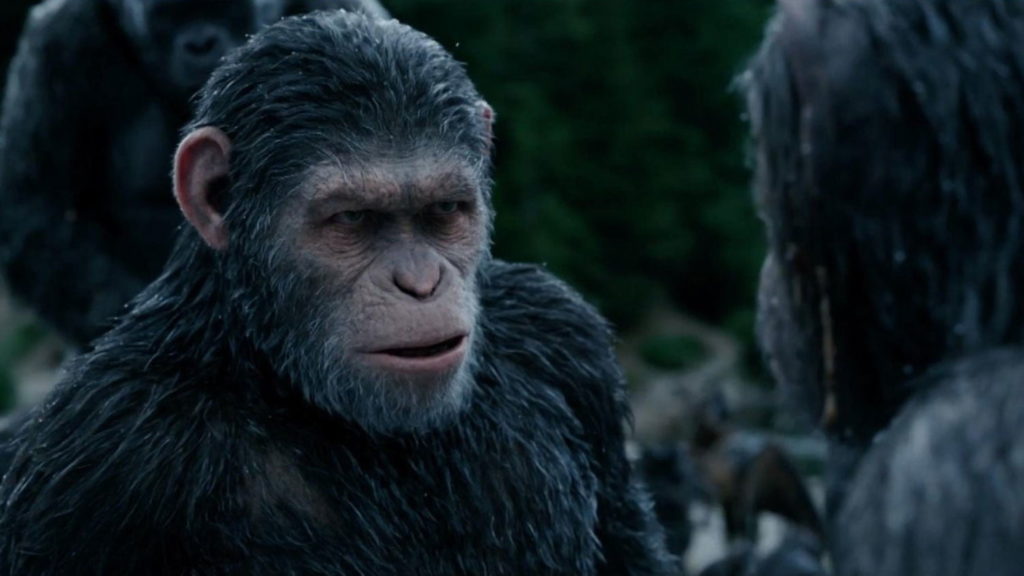
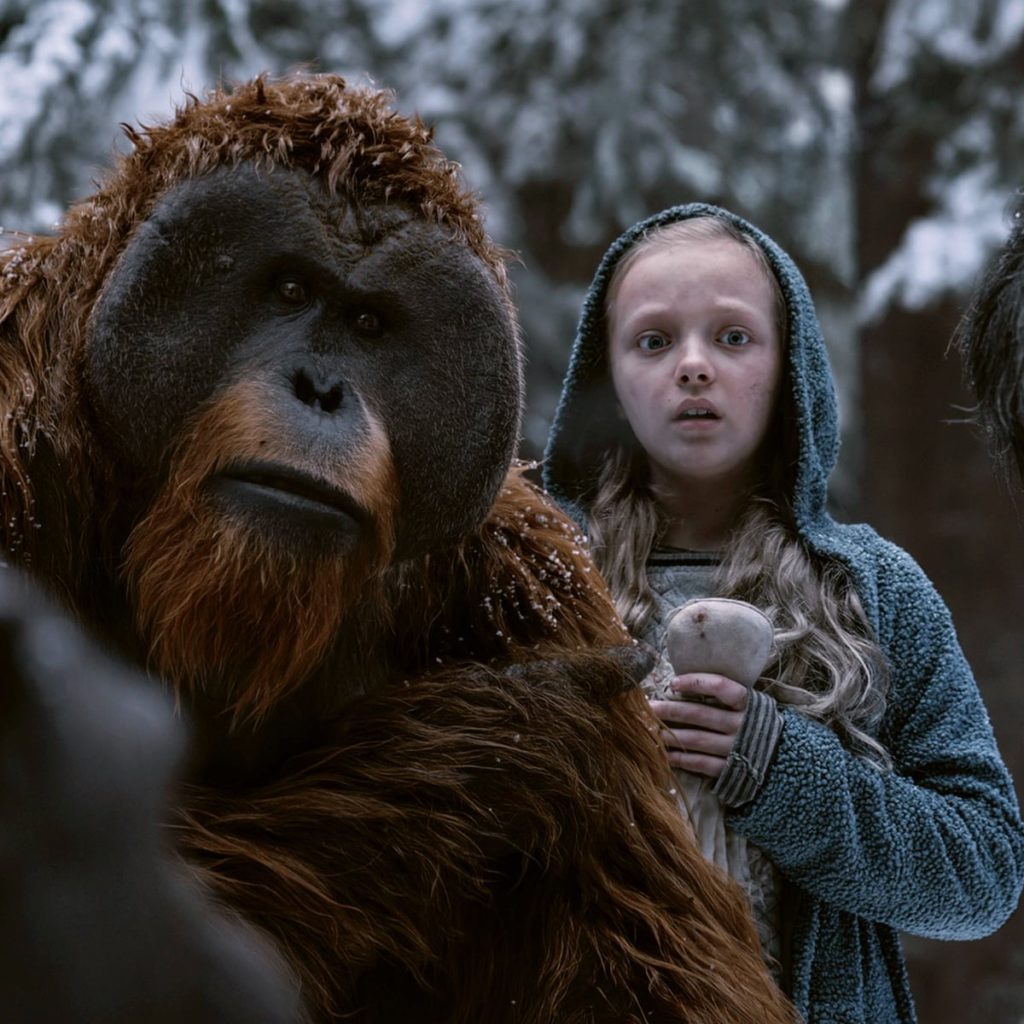
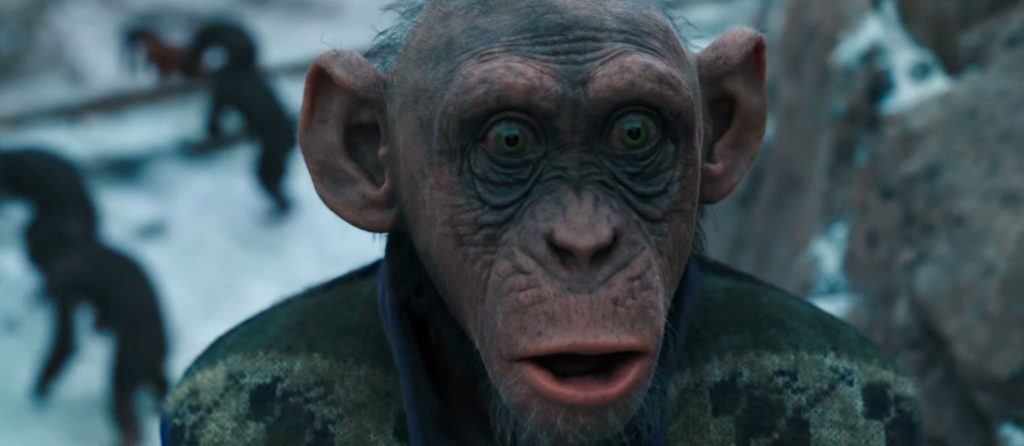
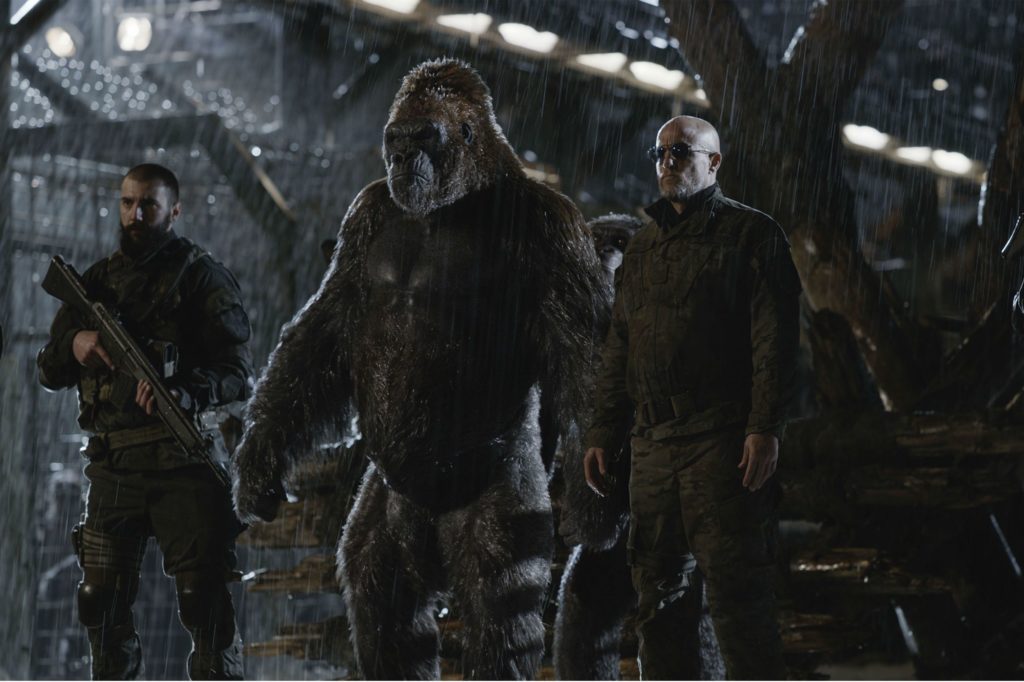
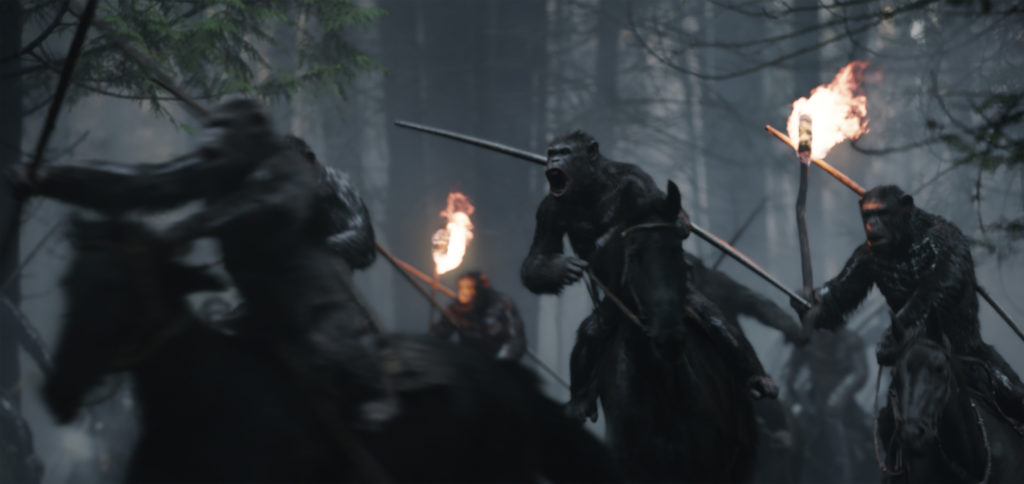
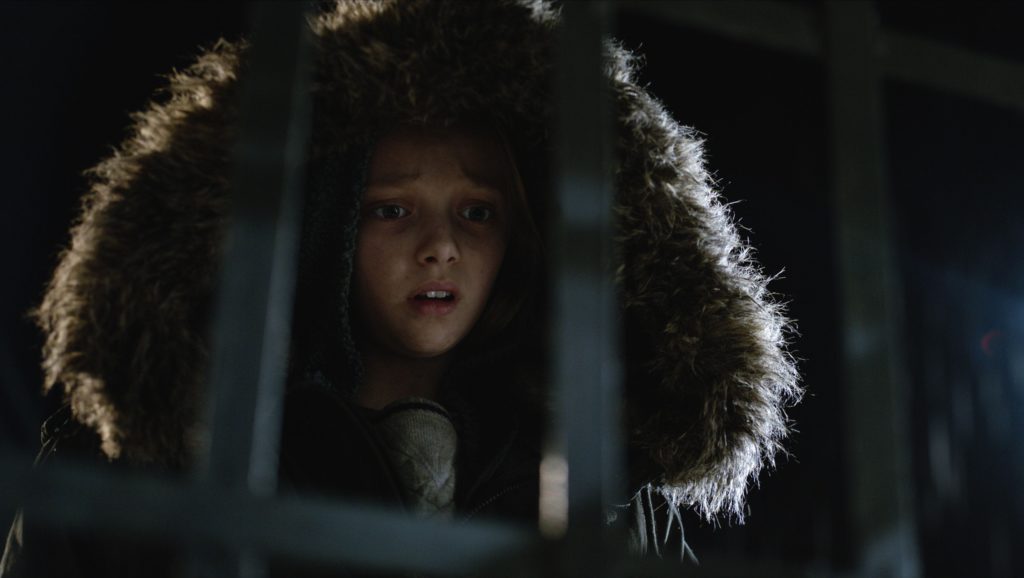
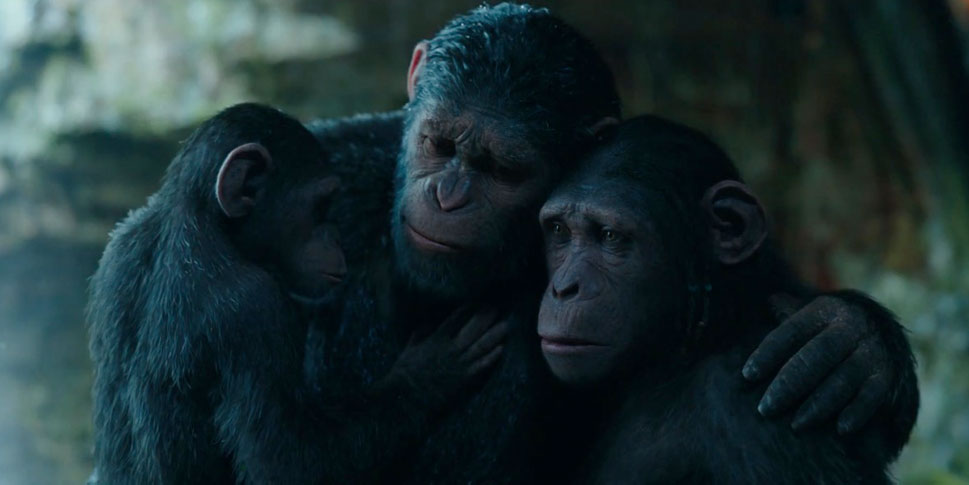
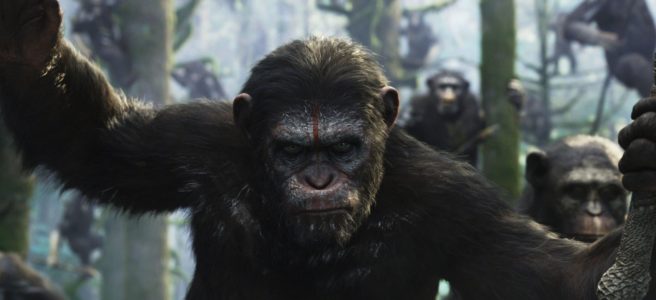
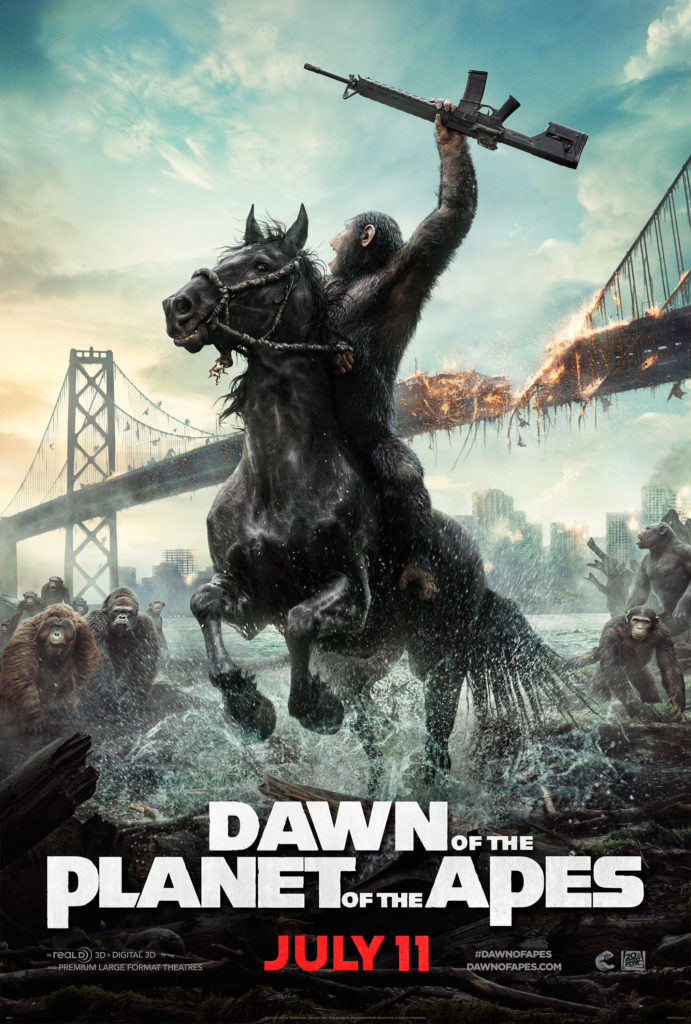
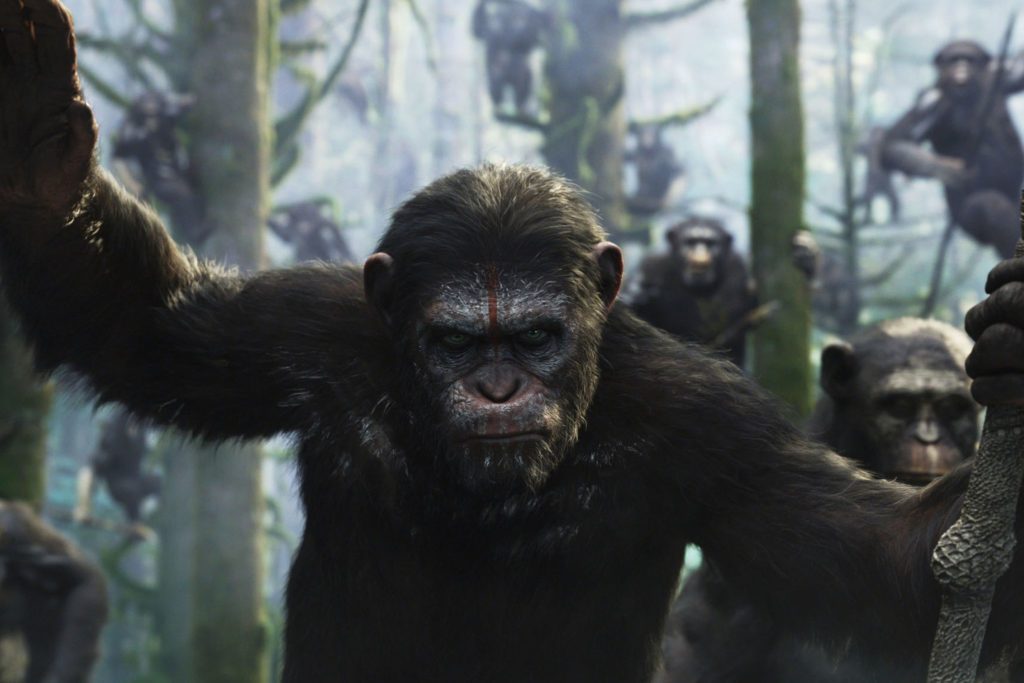
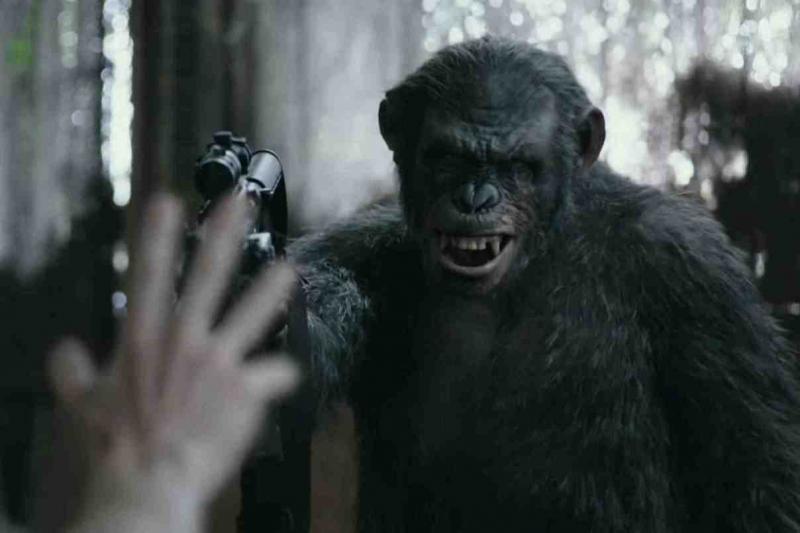
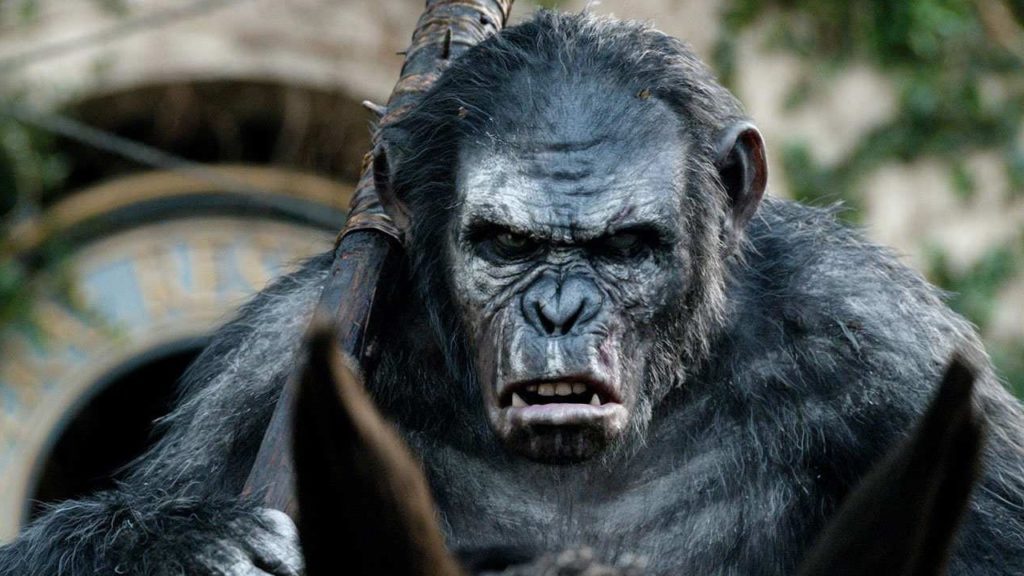

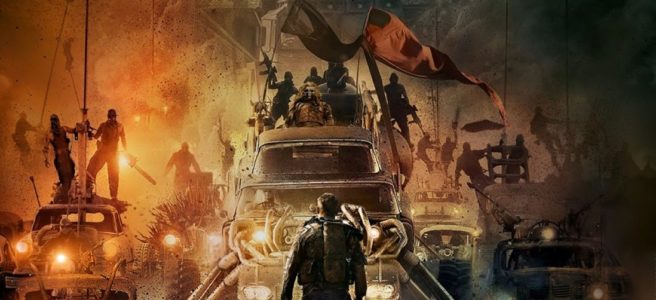













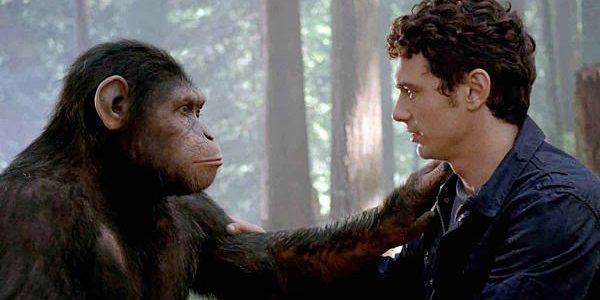






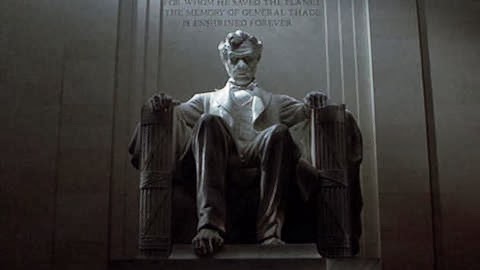






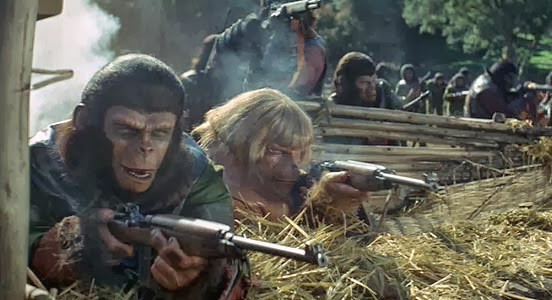




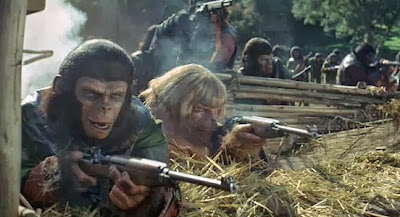

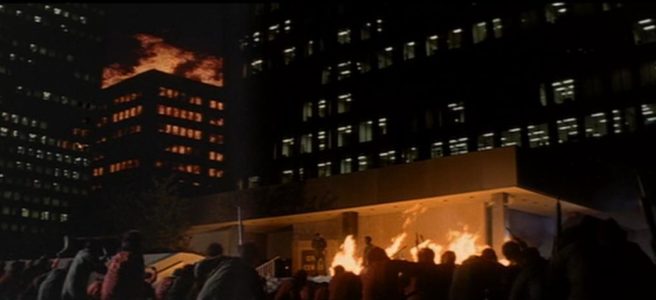







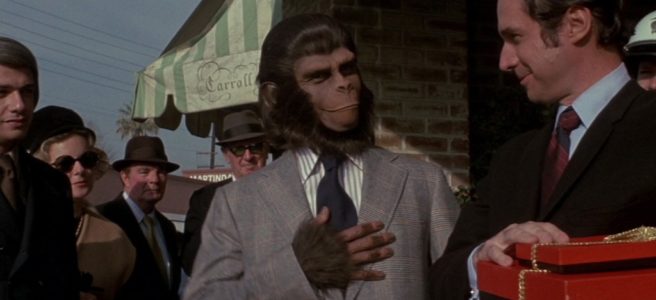





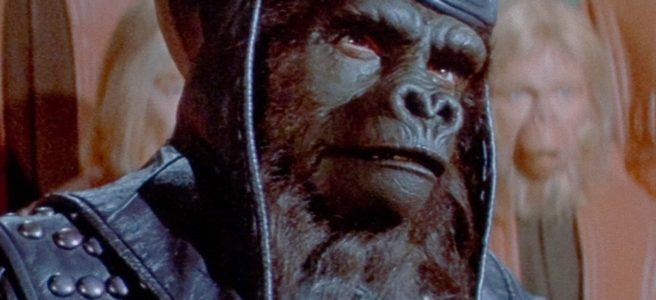










.jpg)
